How Commission, the Rising New York Label, Is Elevating ’80s Asian Mom Style
There is a shelf in my parents’ house that contains nothing but photo albums. Though cheaply bought, they carry the greatest treasures: film snapshots of my mother in Seoul when she was young in the ’80s with her padded shoulders and skirt suits, faded at the edges though they were protected by sheet plastic. These images, a fixture in every Asian household, provide a shared window into a time and place that has shaped a rising generation of New York creatives, who have decided to embrace their heritage rather than attempt to fit shallowly within the status quo.
Chief among them is Commission, a one-year-old label from designers Jin Kay, Dylan Cao, and Huy Luong, who met at a mutual friend’s birthday party a few years ago and found the common ground that lay between them. Each grew up in Asia—Cao and Luong in Vietnam, Kay in South Korea—came to New York to attend Parsons School of Design, then fell into office design jobs. Something sparked. Together, they hoped to create fashion embedded with personal meaning, of a kind they had not seen anywhere in the industry: “The core of our brand,” Kay says, “is our memories of our mothers from the ’80s and ’90s.”
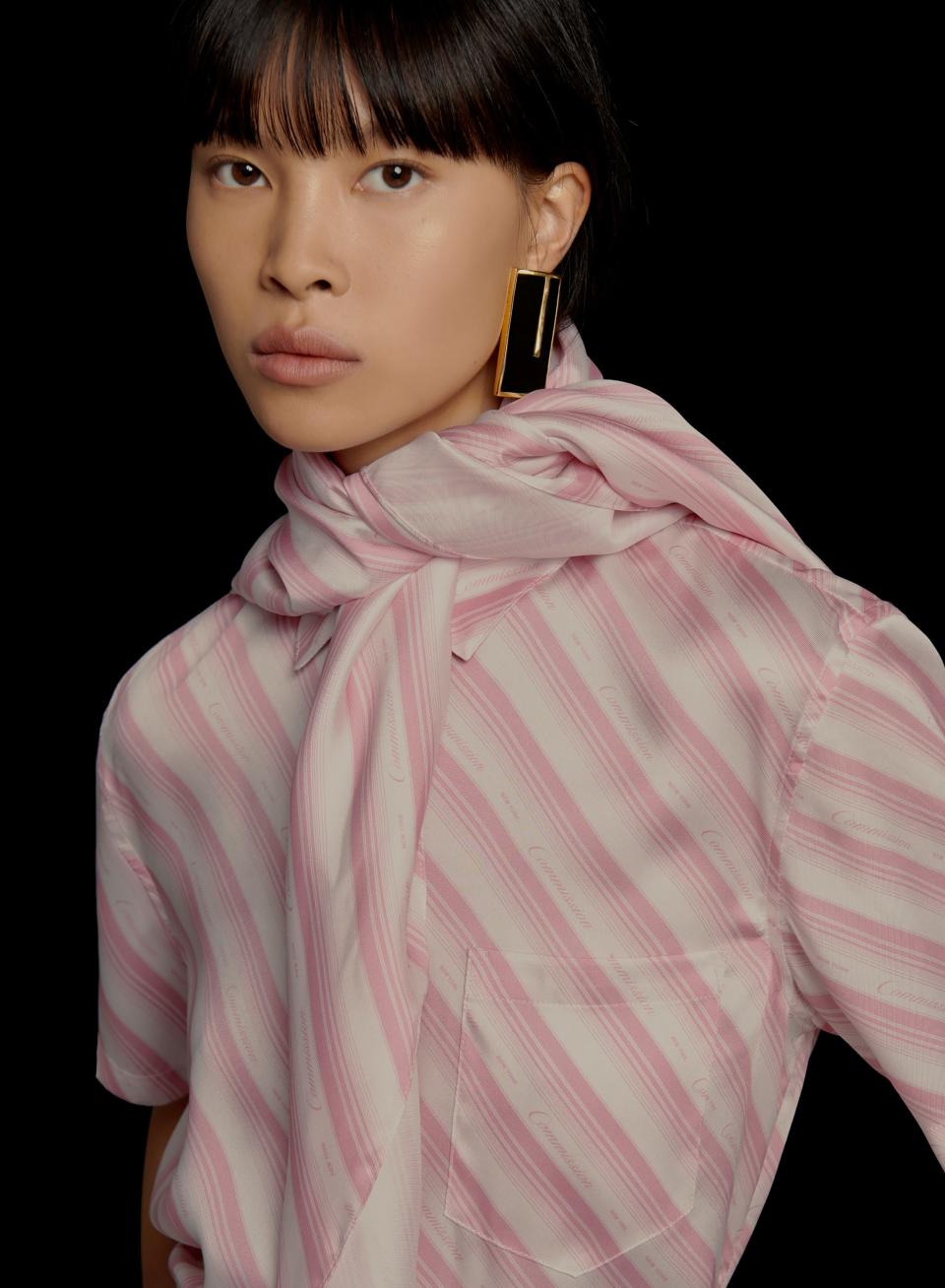
01-commission-spring-2019.jpg
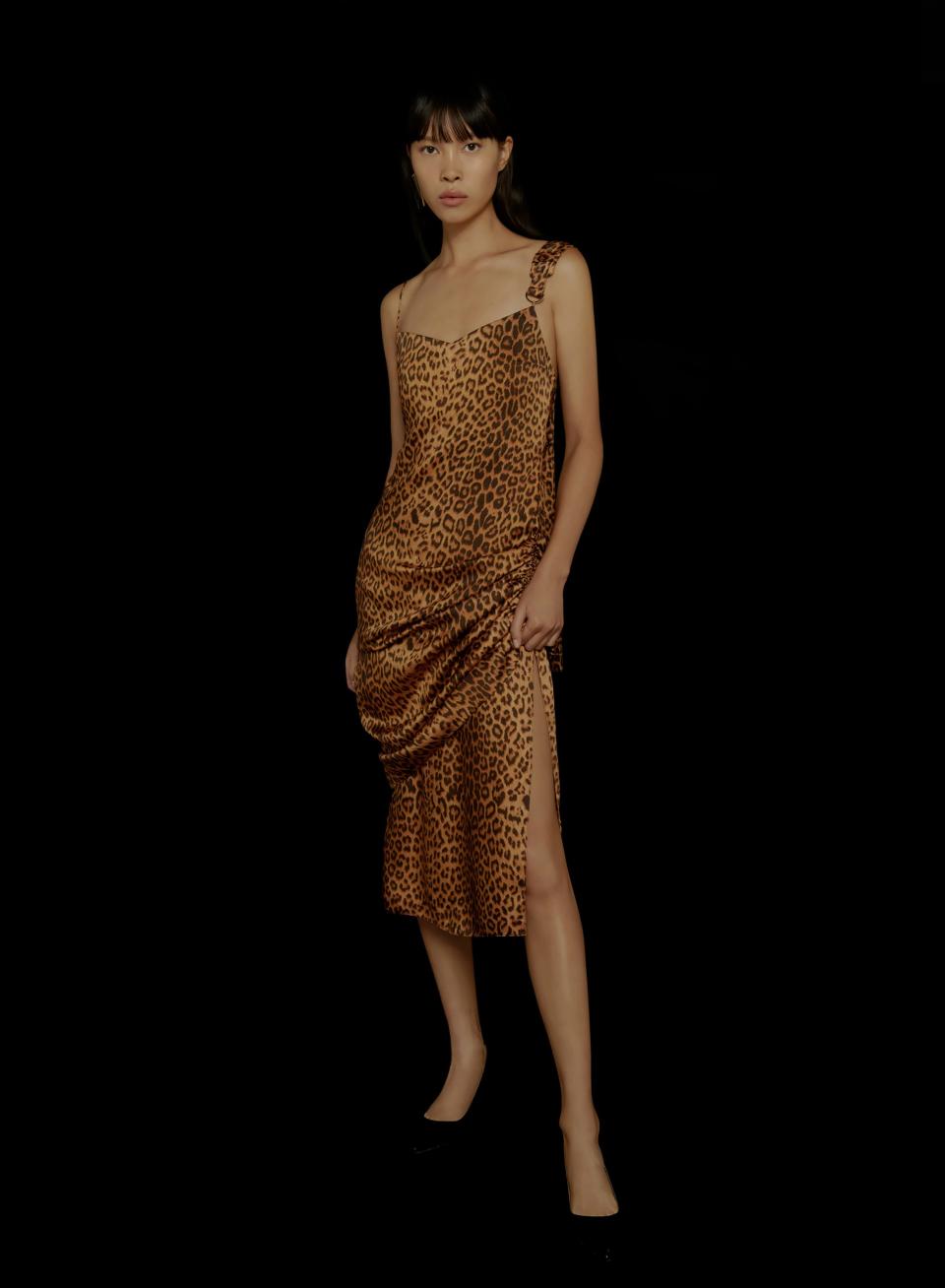
02-commission-spring-2019.jpg
Thus Commission trades largely in the silhouettes of that era—the fitted pencil skirt, the long and lean pantsuit, the languid slip dress—but everything is impeccably cut and considered in a current vein. Take the Spring 2020 collection, unveiled exclusively on Vogue today, which whisks their woman off to a white pebble beach on holiday, inspired by the Japanese portraiture of George Hashiguchi and the designers’ own family snapshots. There is a boxy brown suit jacket paired with knee-grazing shorts and a perfect black vegan leather midi-skirt worn over a sheer ruffled green dress that could have been plucked from a Wong Kar Wai film or an Ozu—all nostalgic, yet novel at the same time. Though all Asian cultures are of course distinct, there is a great deal shared between them; Commission has tapped directly into those universalities to make something new. “A friend once said to me, ‘I feel like I’ve seen your clothes, but I’ve never seen your clothes,’ ” Kay says.
The secret lies in their deft reimagining of the chintzy clothing worn by women of that generation, blended with more clean and classic design. “We want to talk about this era in Asia that not a lot of people talk about, that not a lot of people choose to romanticize,” Cao says of the cusp between the ’80s and ’90s. Then, stylish women across the continent, without access to high-end labels, made do with tailored pieces inspired by trends from the West but cut from cheaper cloth. Think: the sheen on a “silk”-blend blouse or the creaseless fall of a pleated polyester shirtdress. Each season, Luong has created an exaggerated floral print, inspired by the cheesy gift wrap, tablecloths, and couch covers that were common to Asian households. Spring’s confection is a hyperrealistic spray of pink roses printed on two disparate sets: a spandex legging and deep-V-necked cardigan, and a silk pleated skirt and pussybow blouse.
Commission Spring 2020 Lookbook
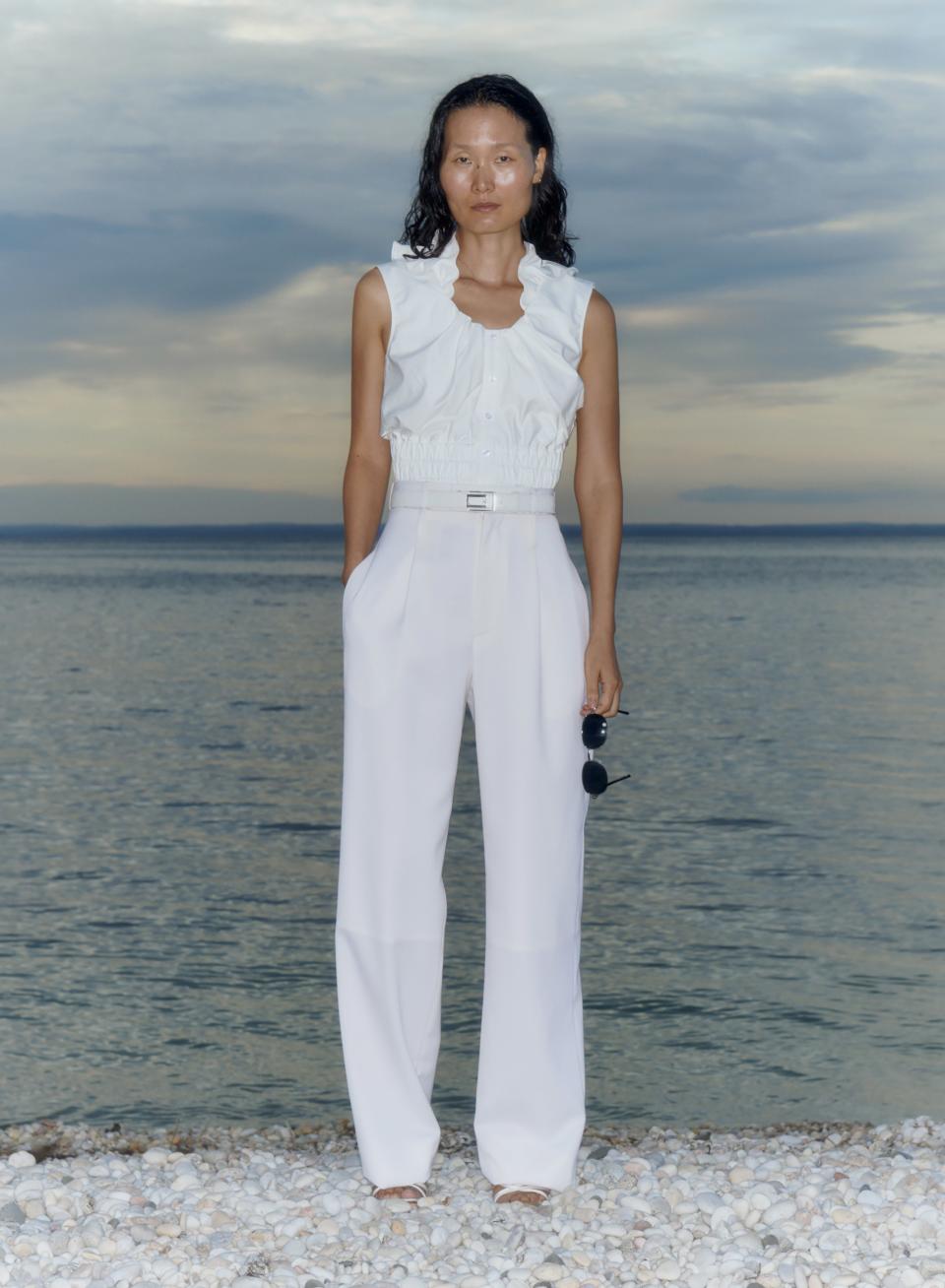
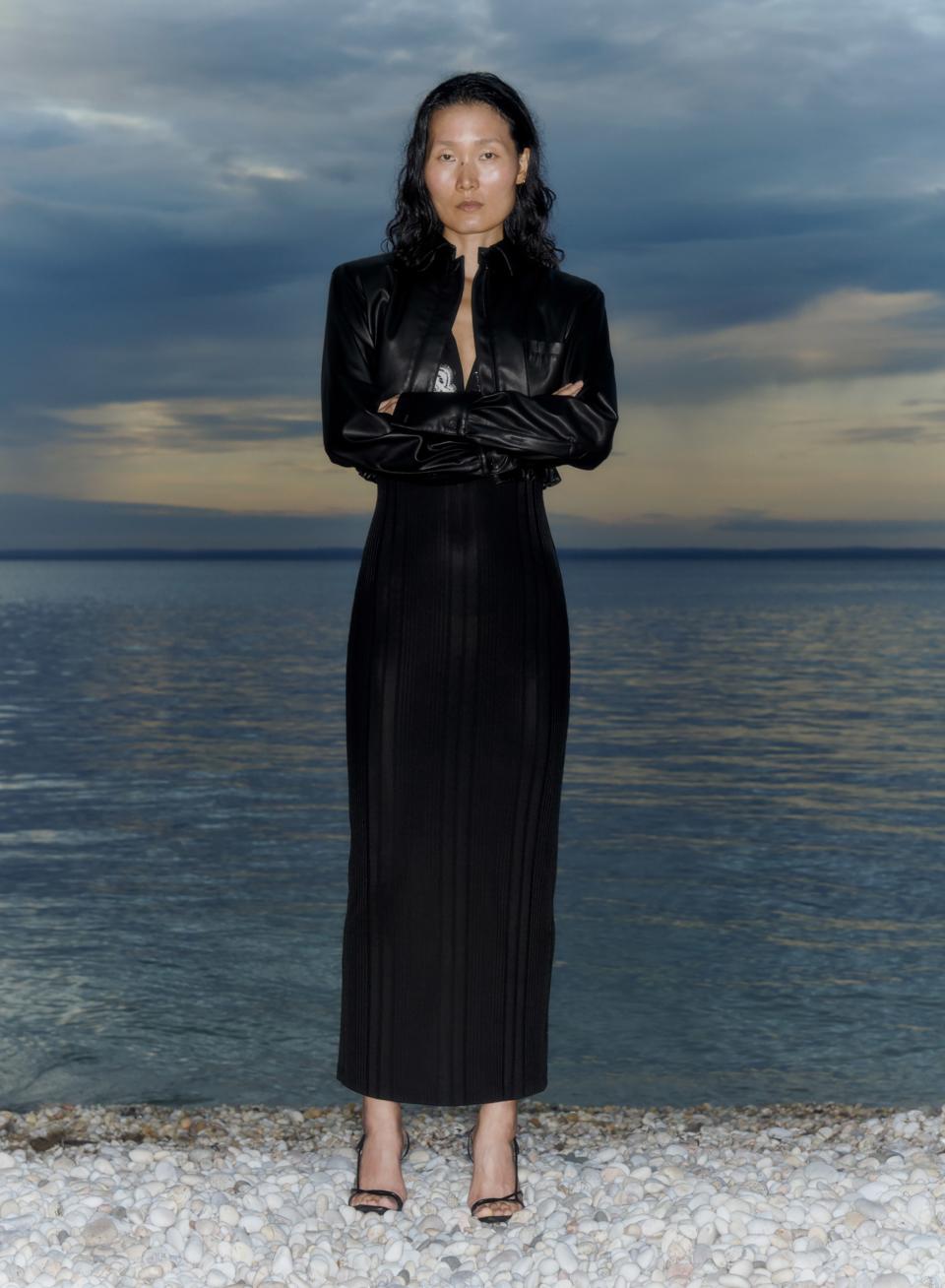
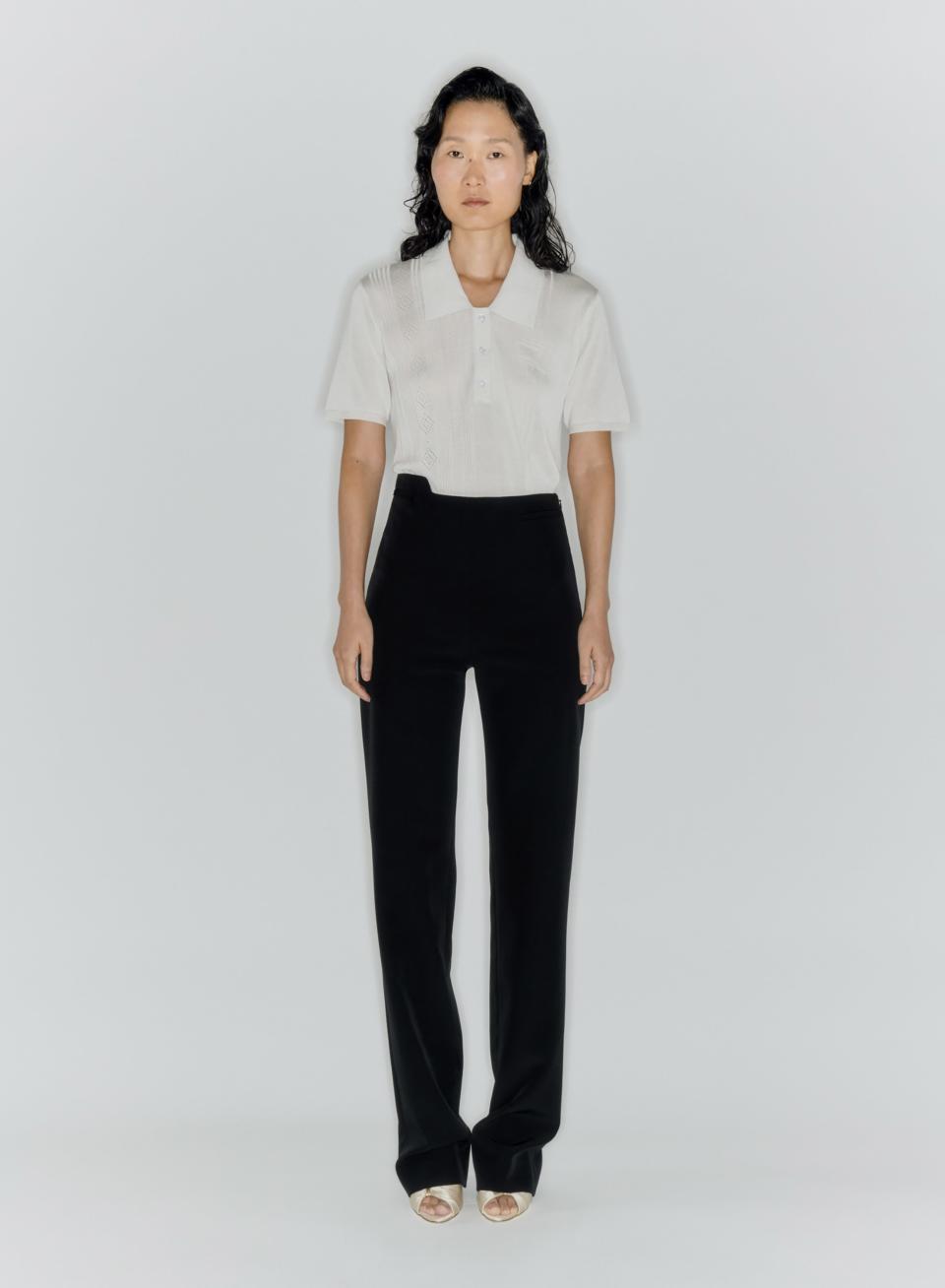
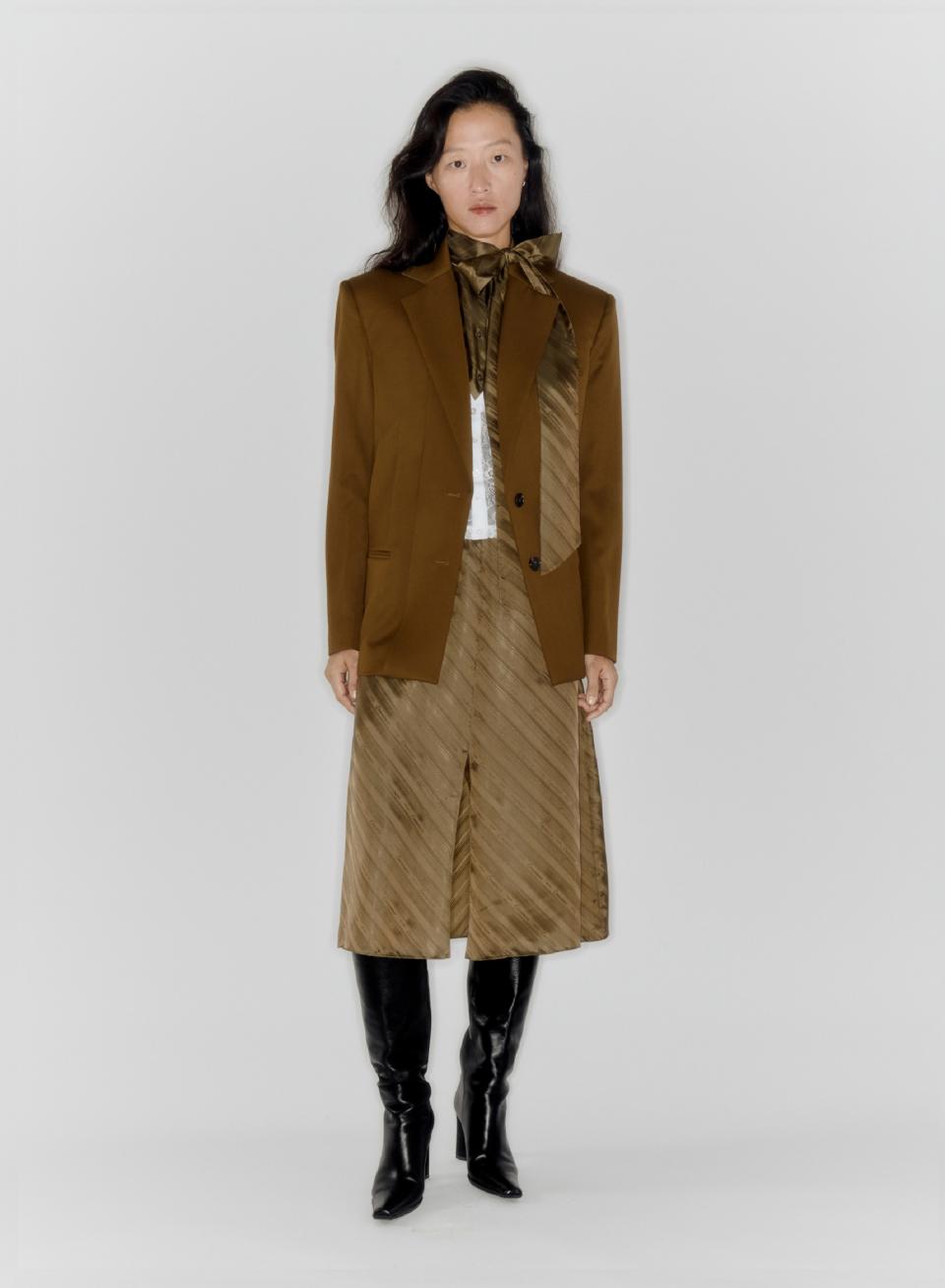
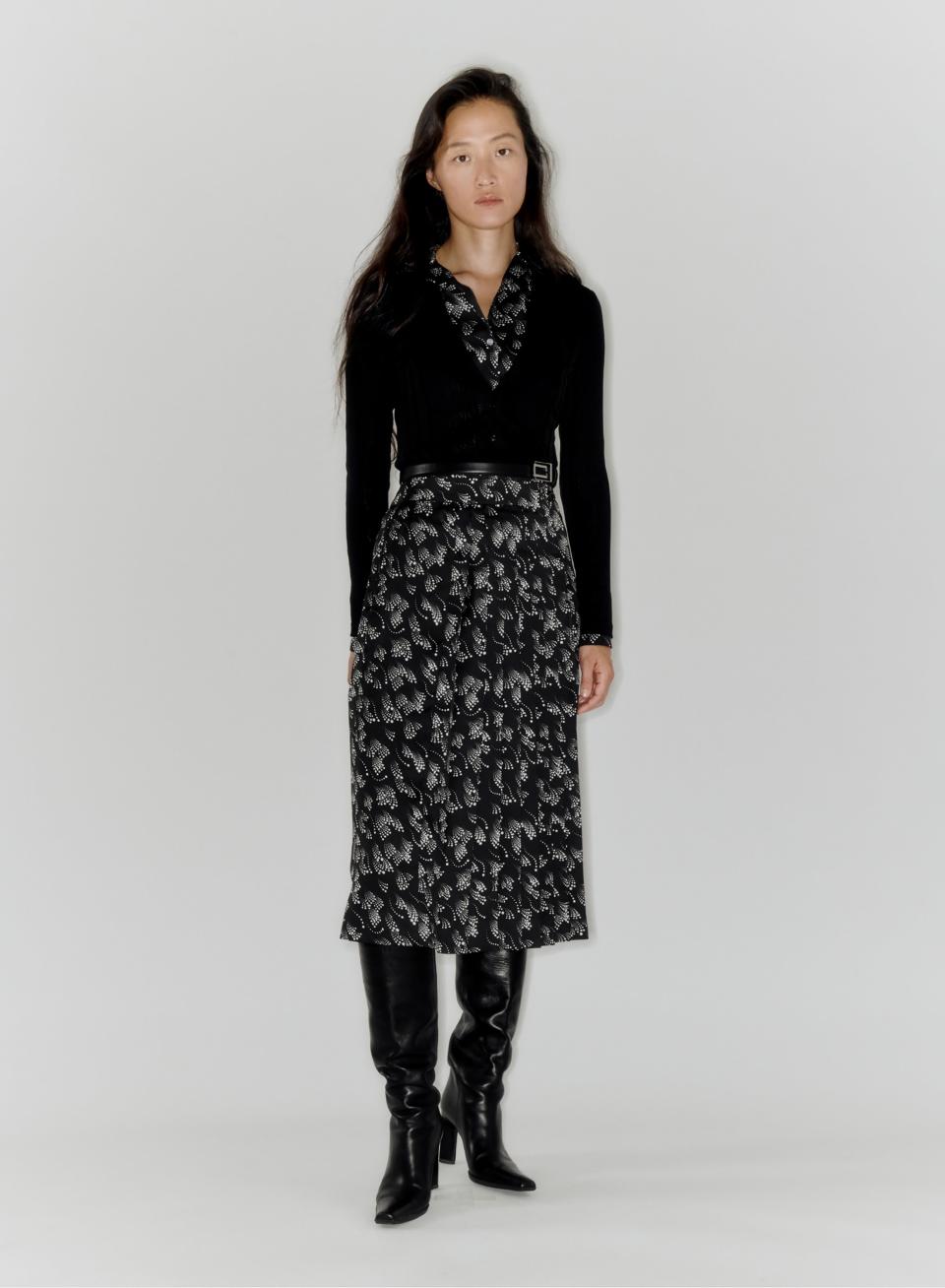
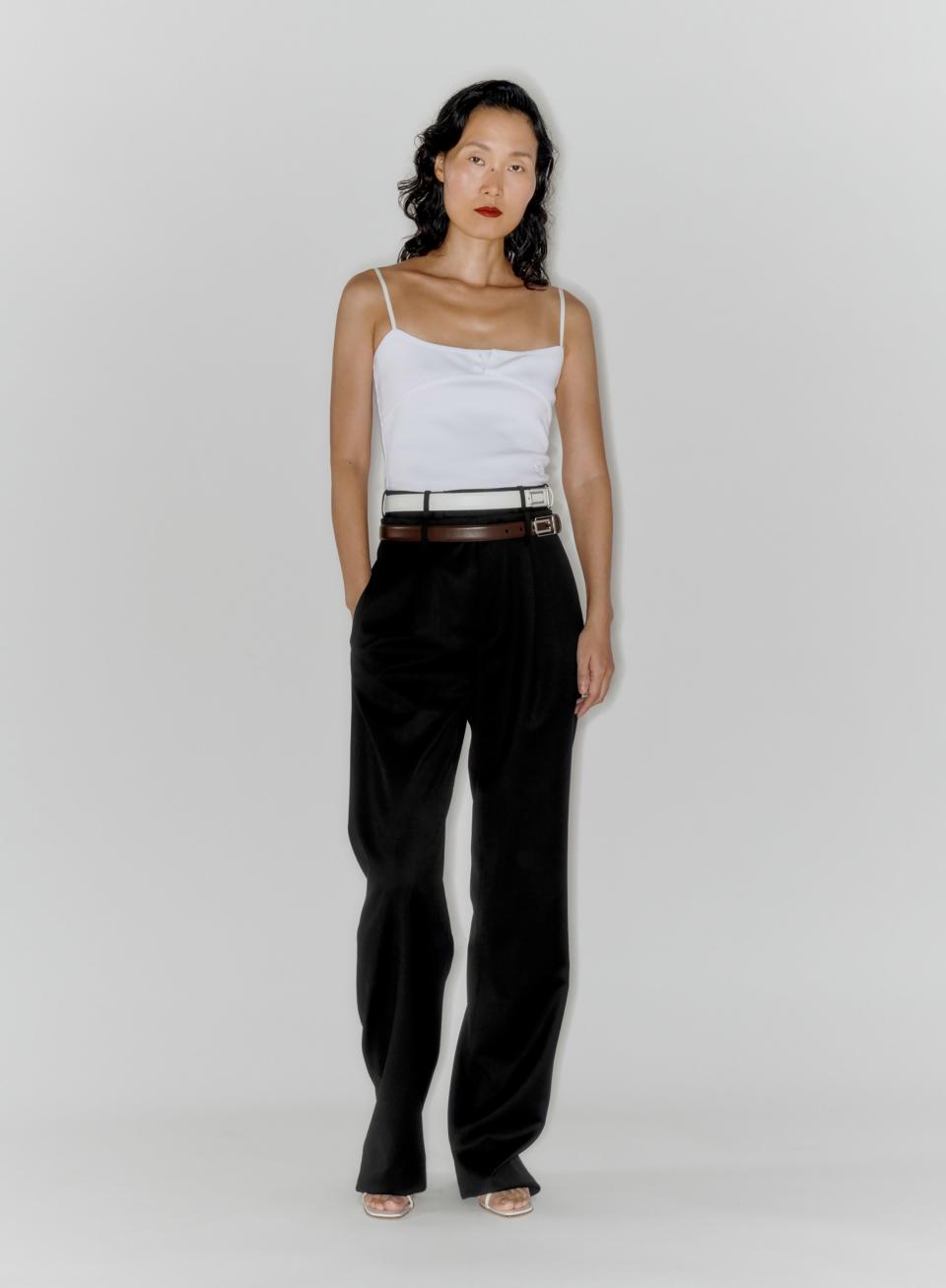
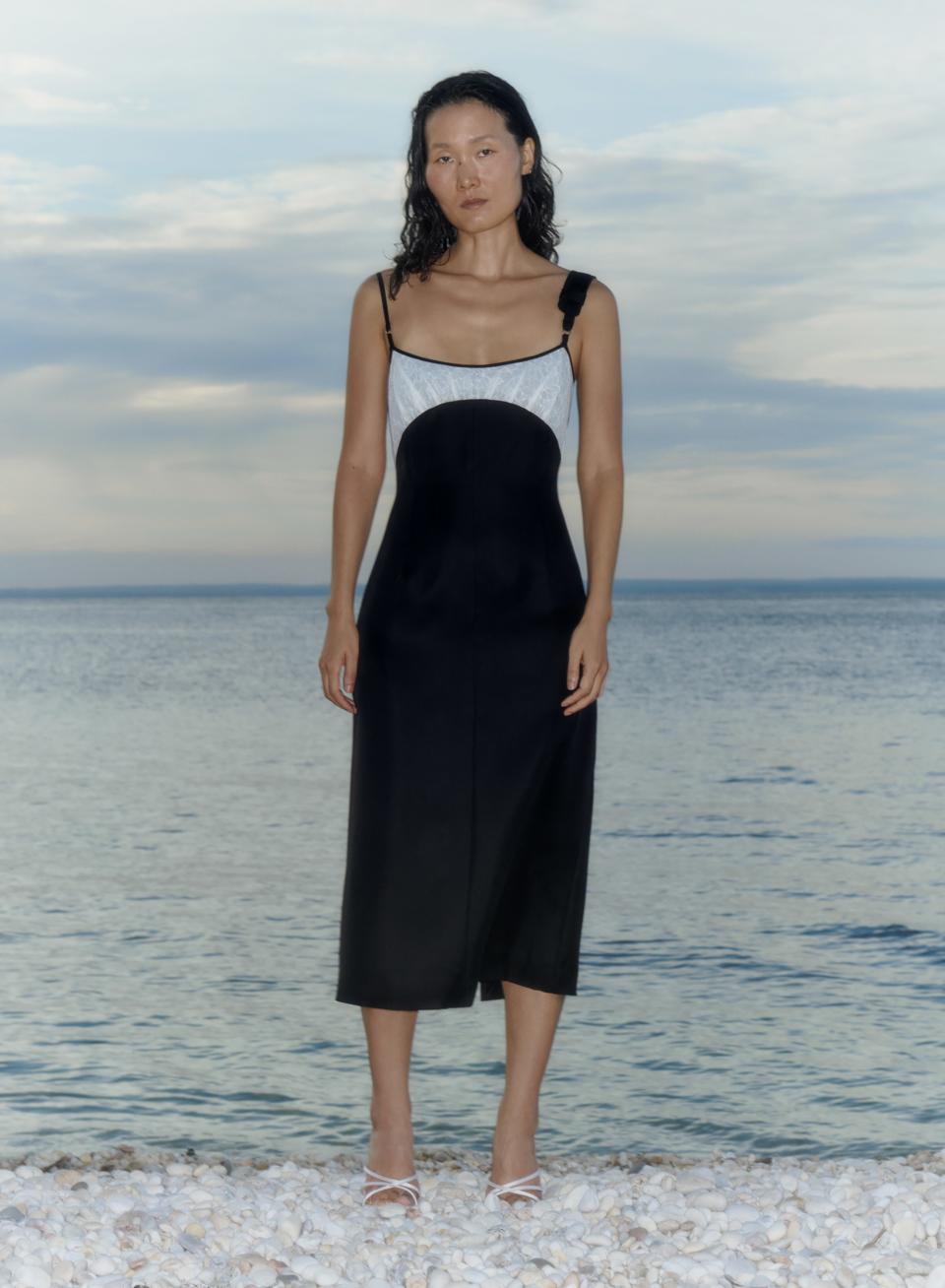
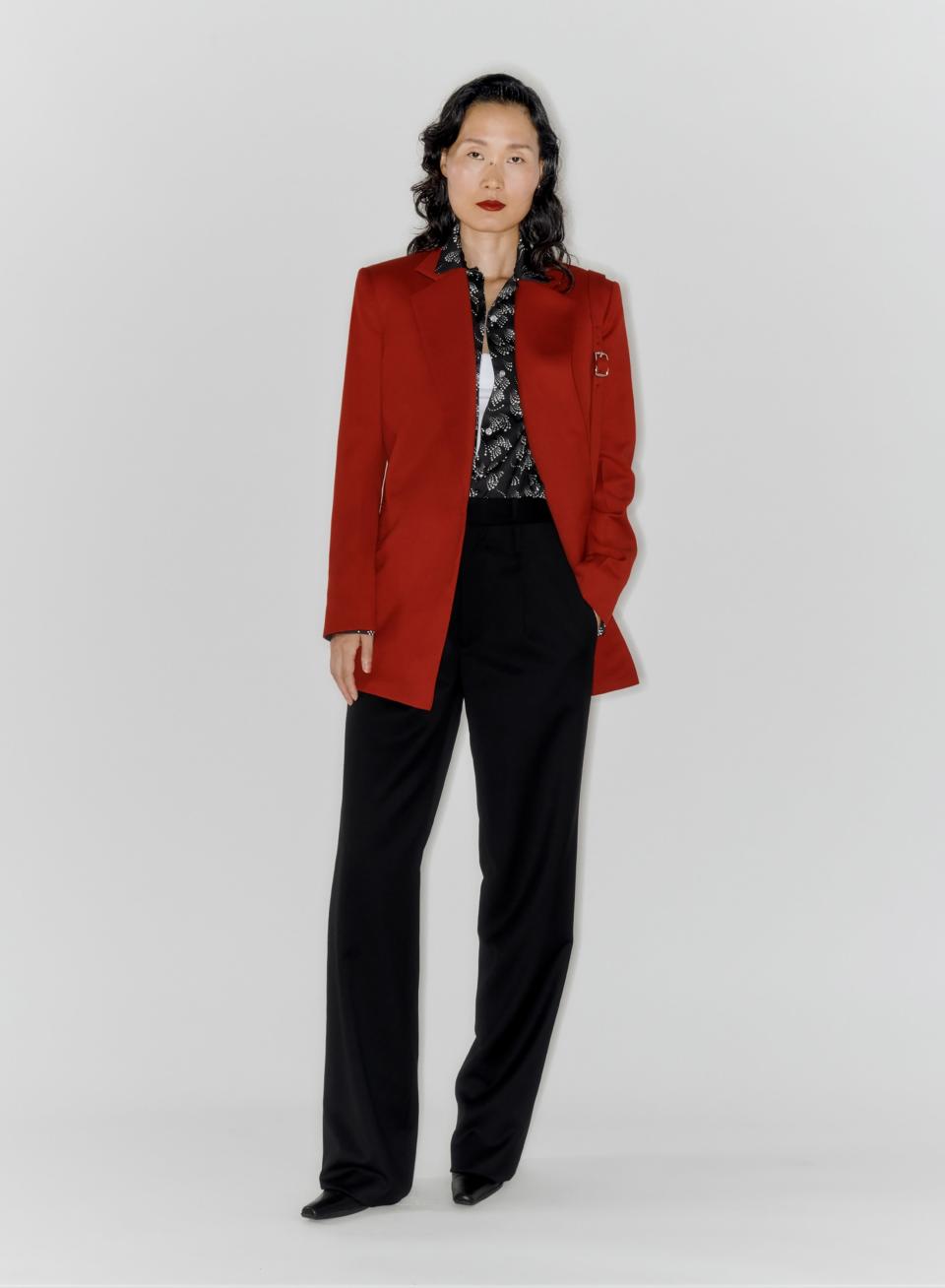
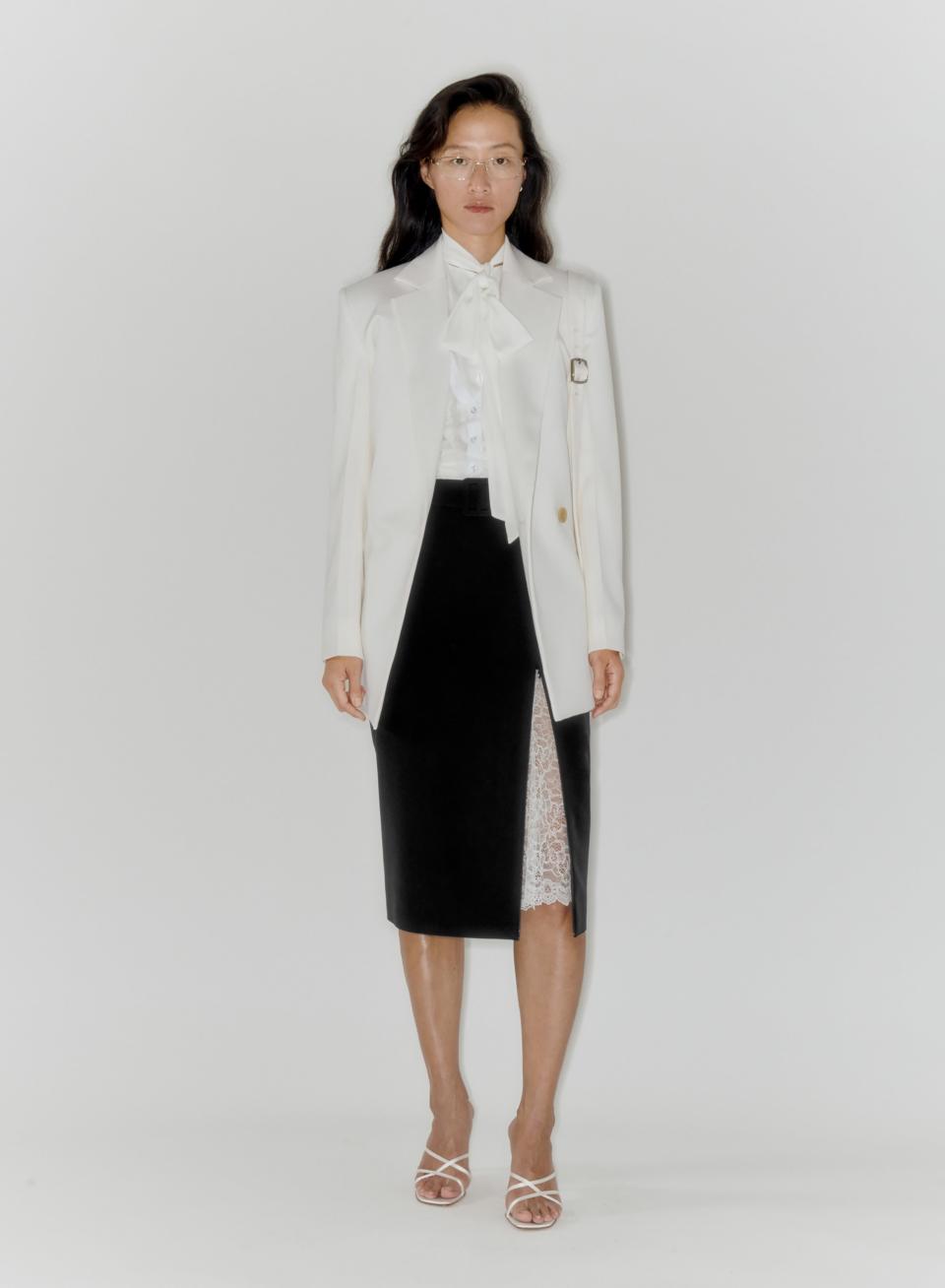
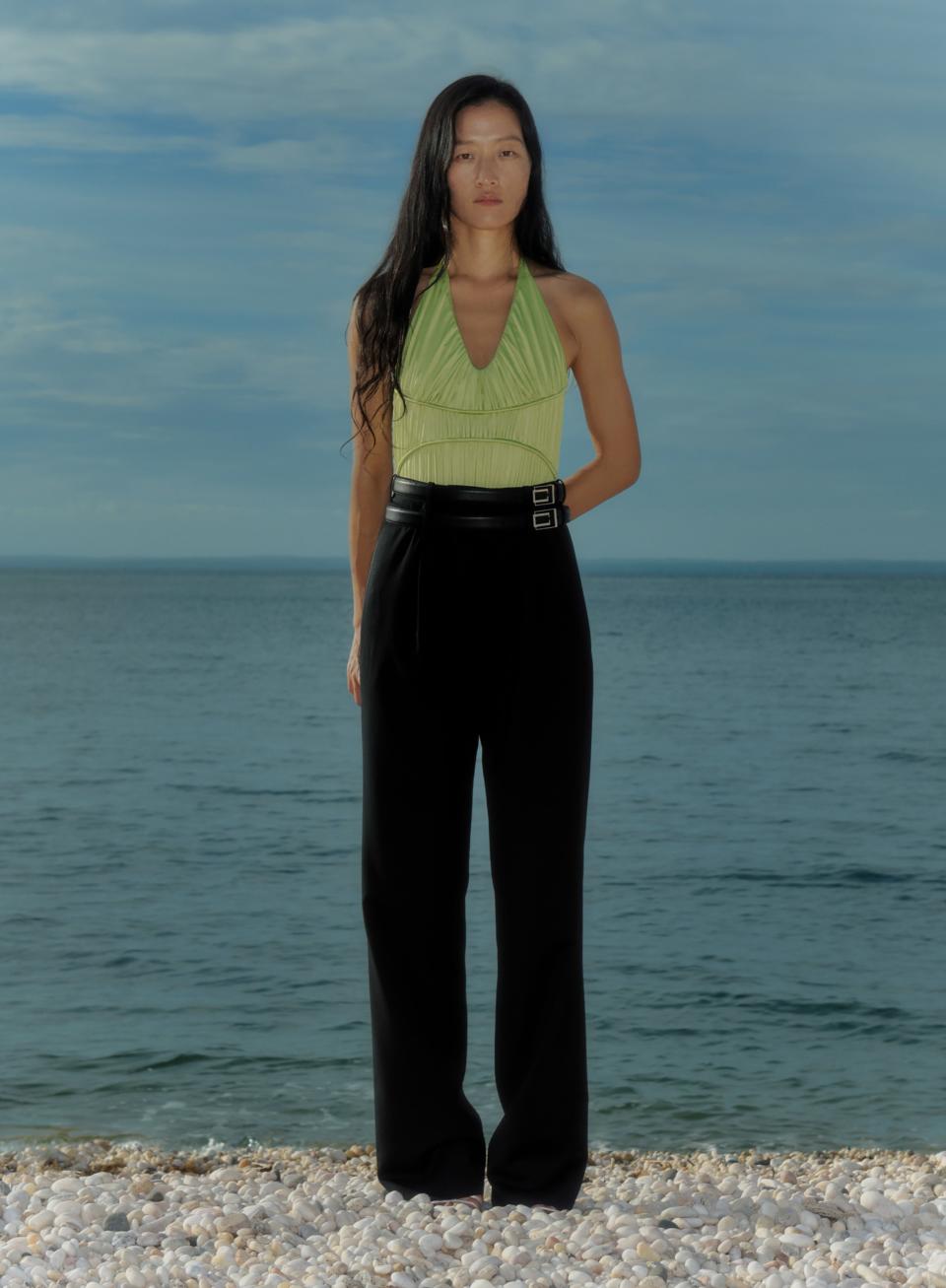
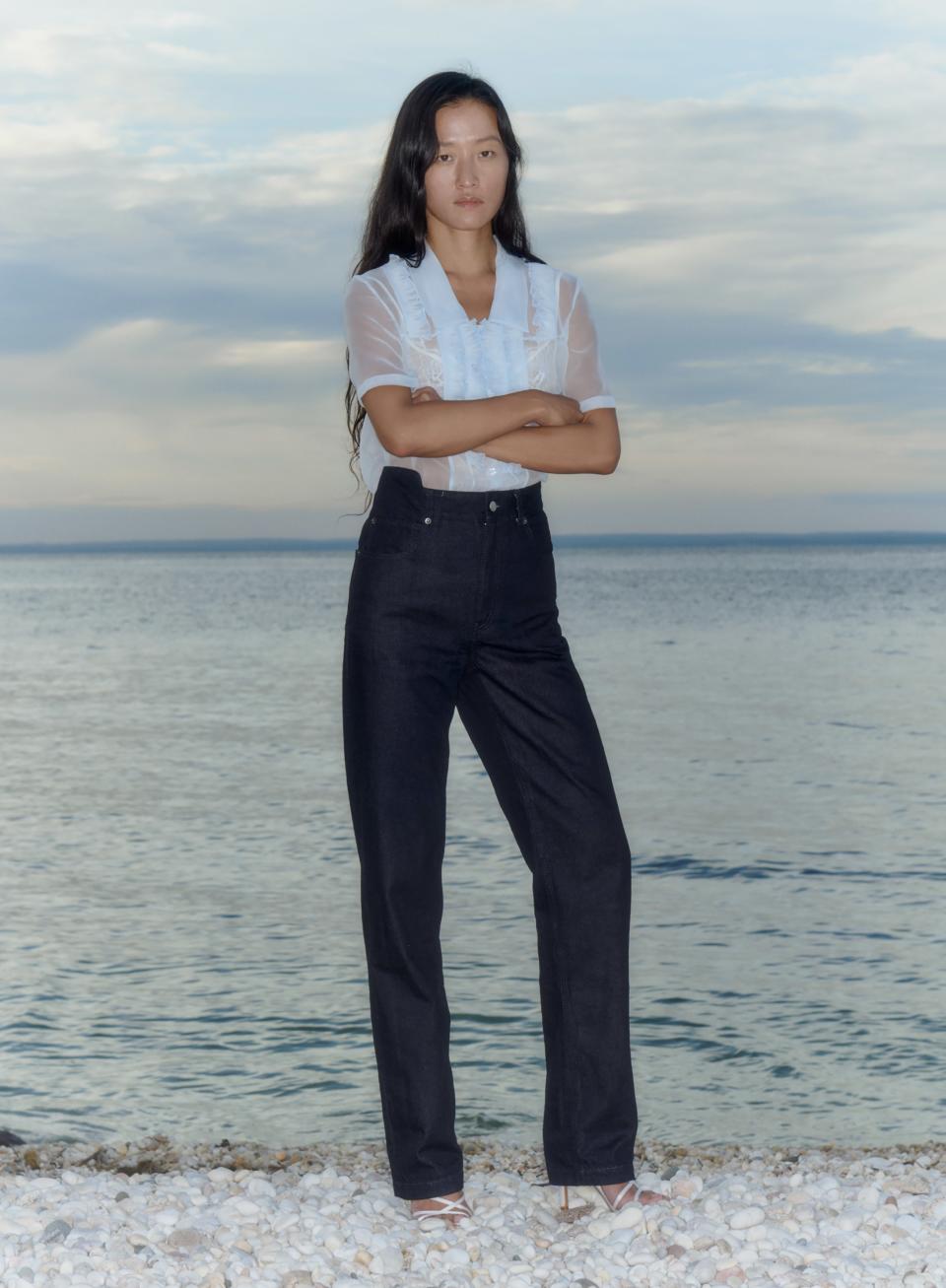
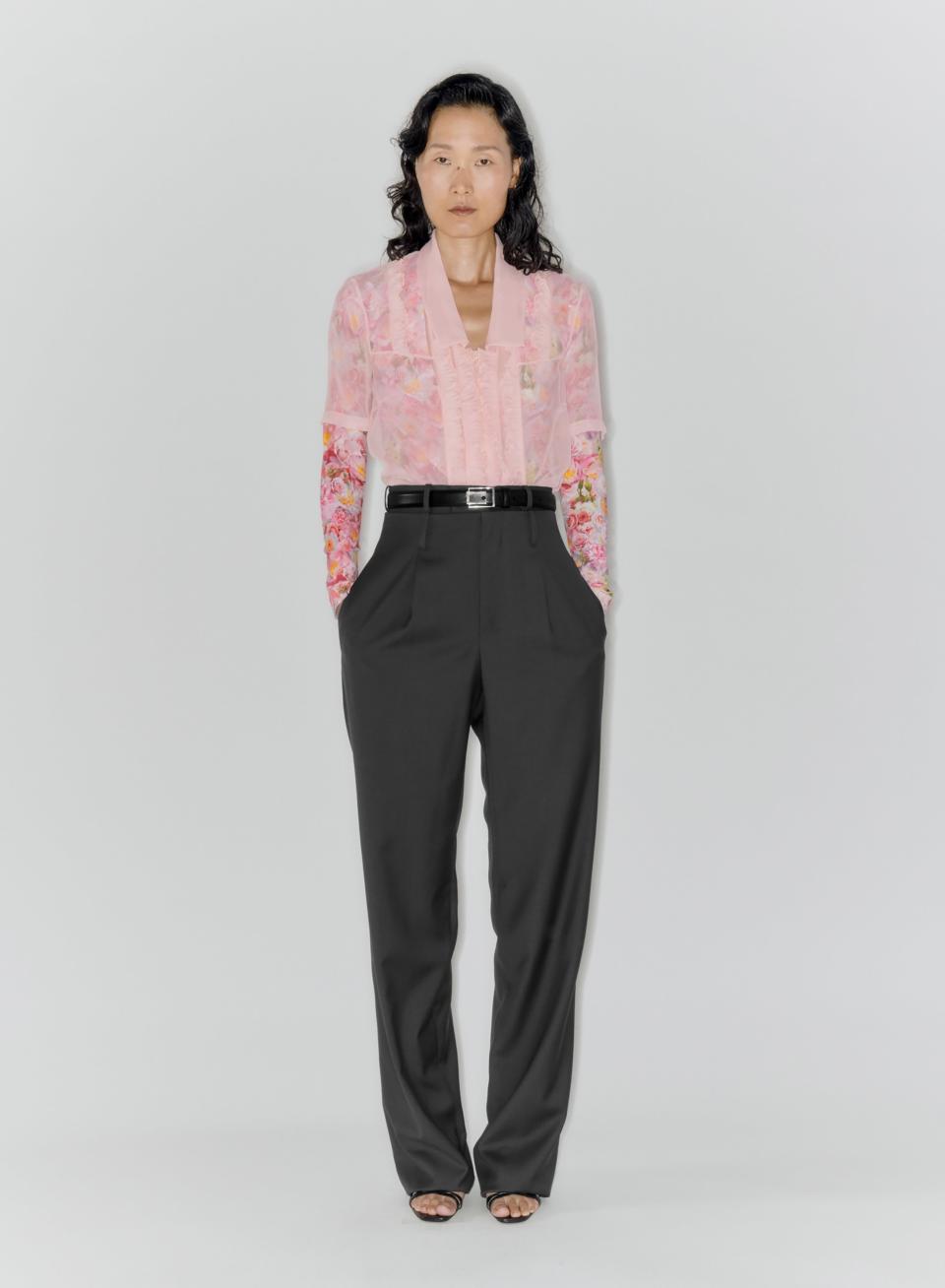
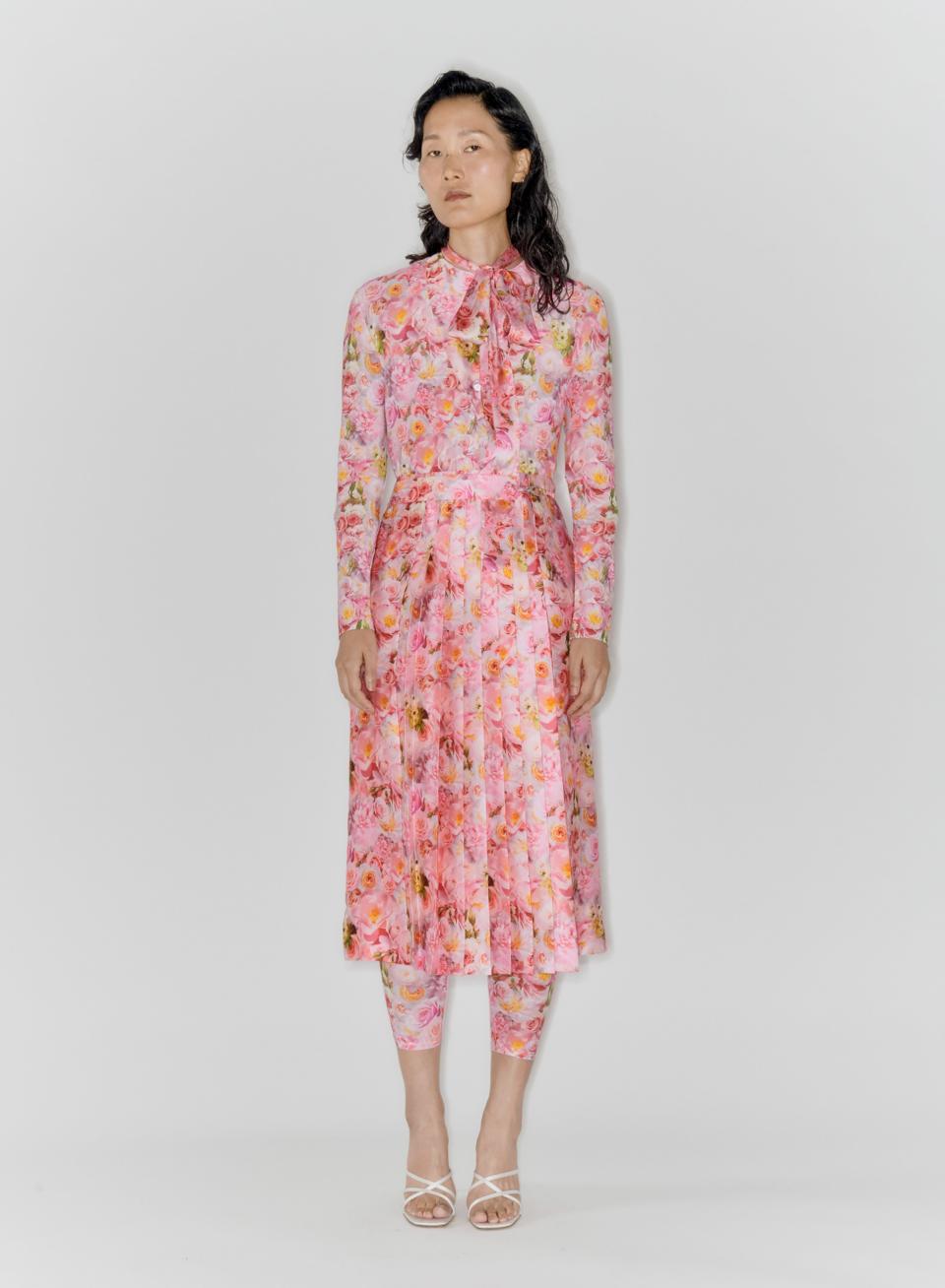
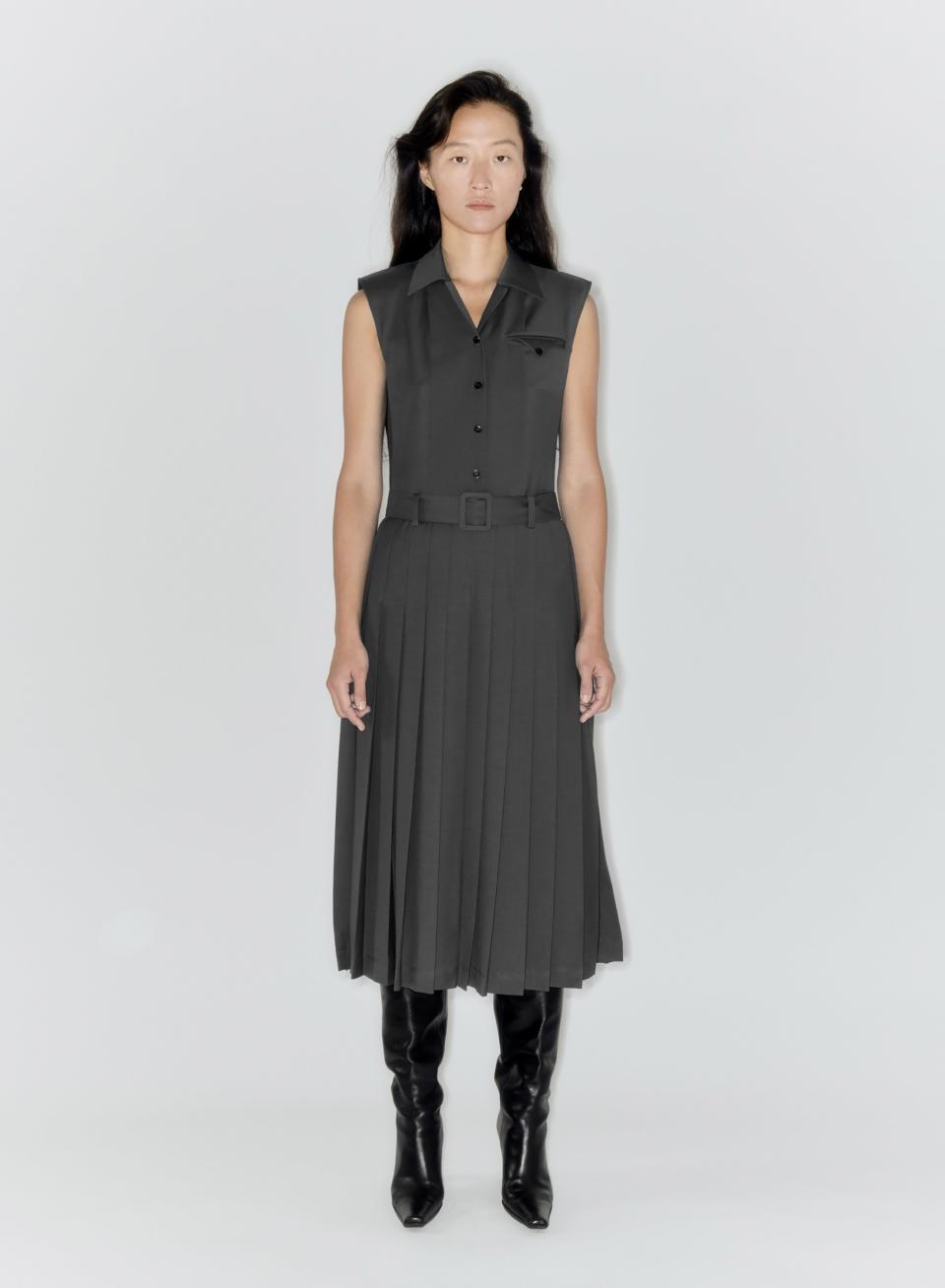
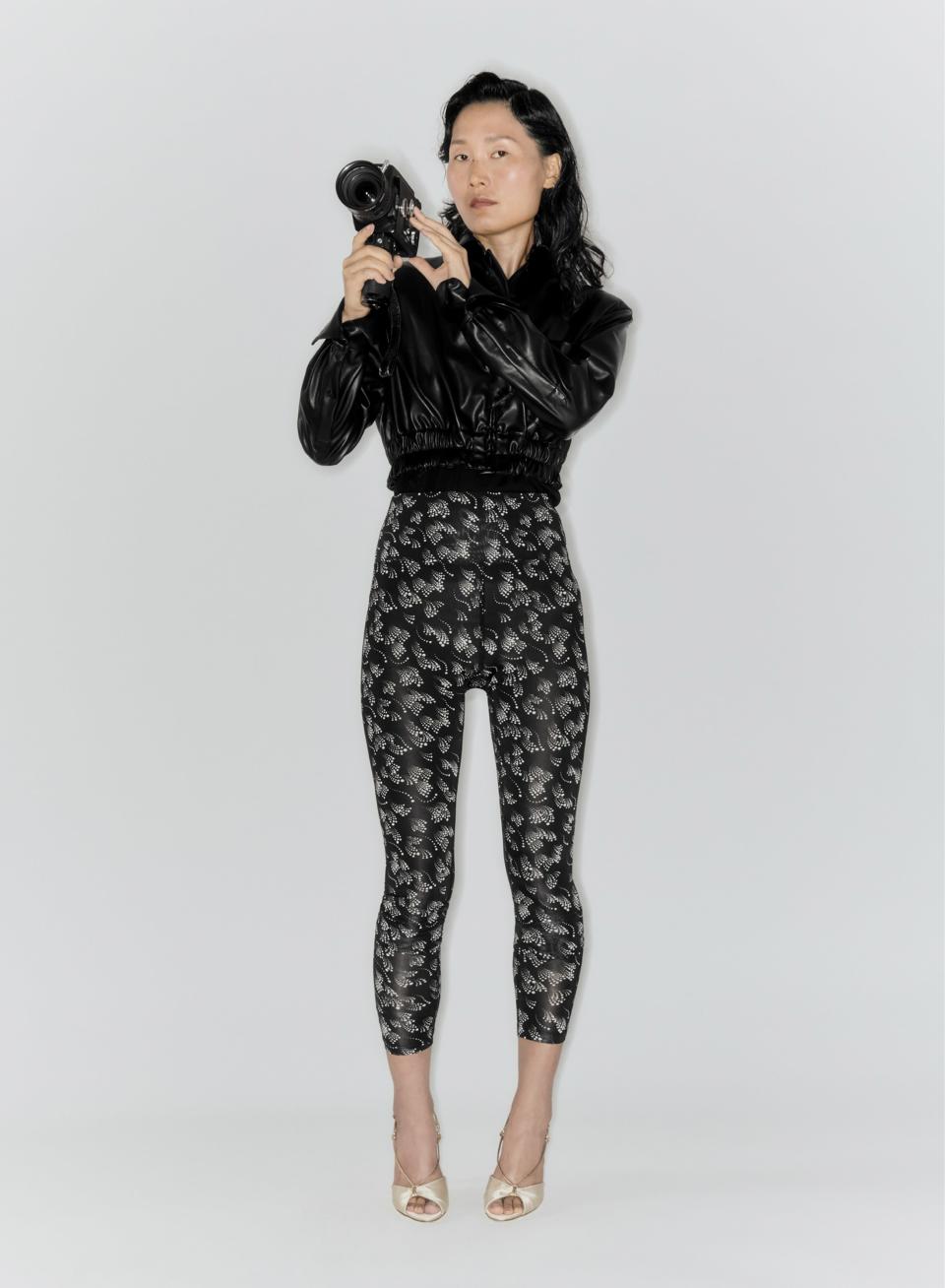
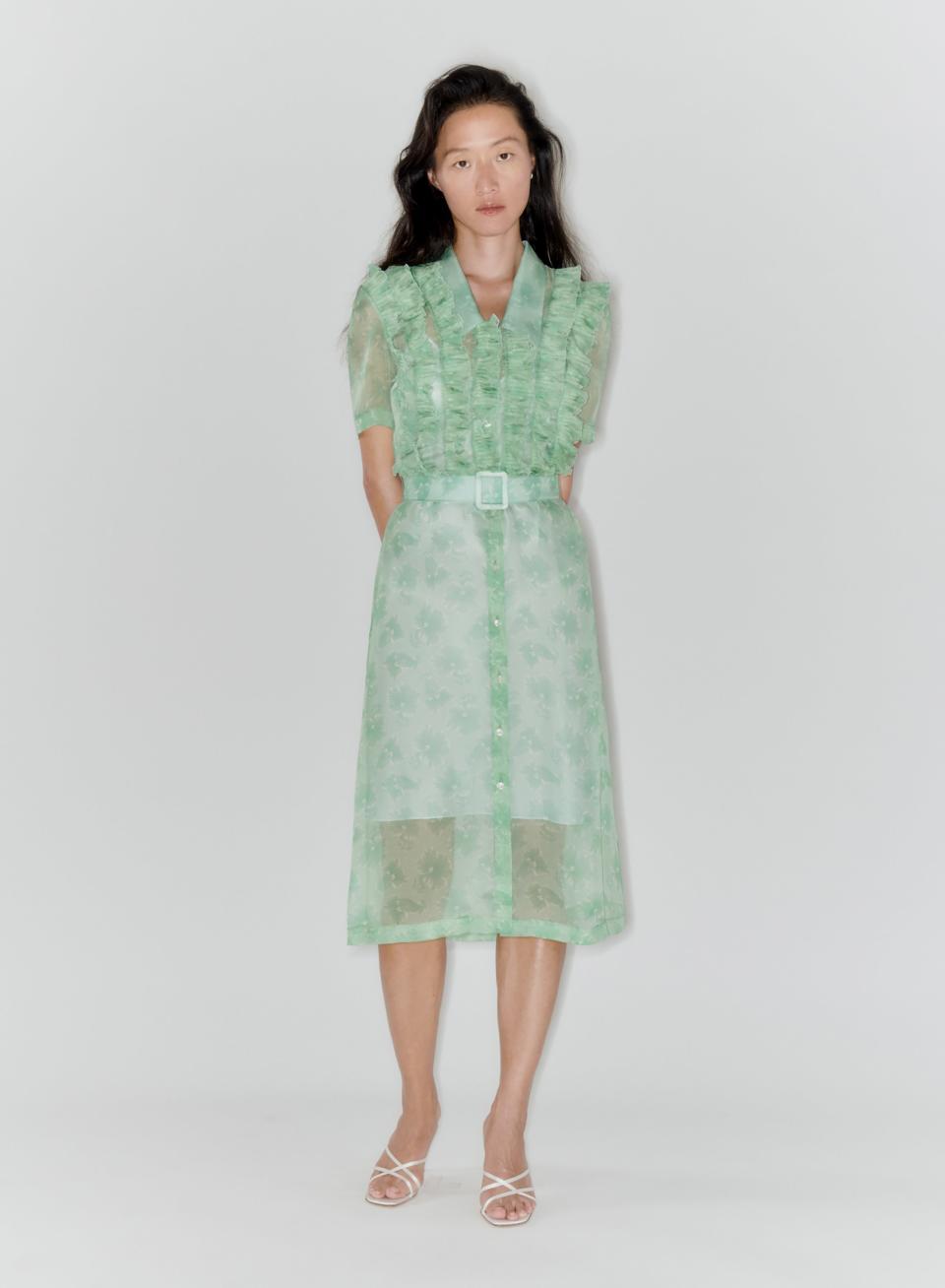
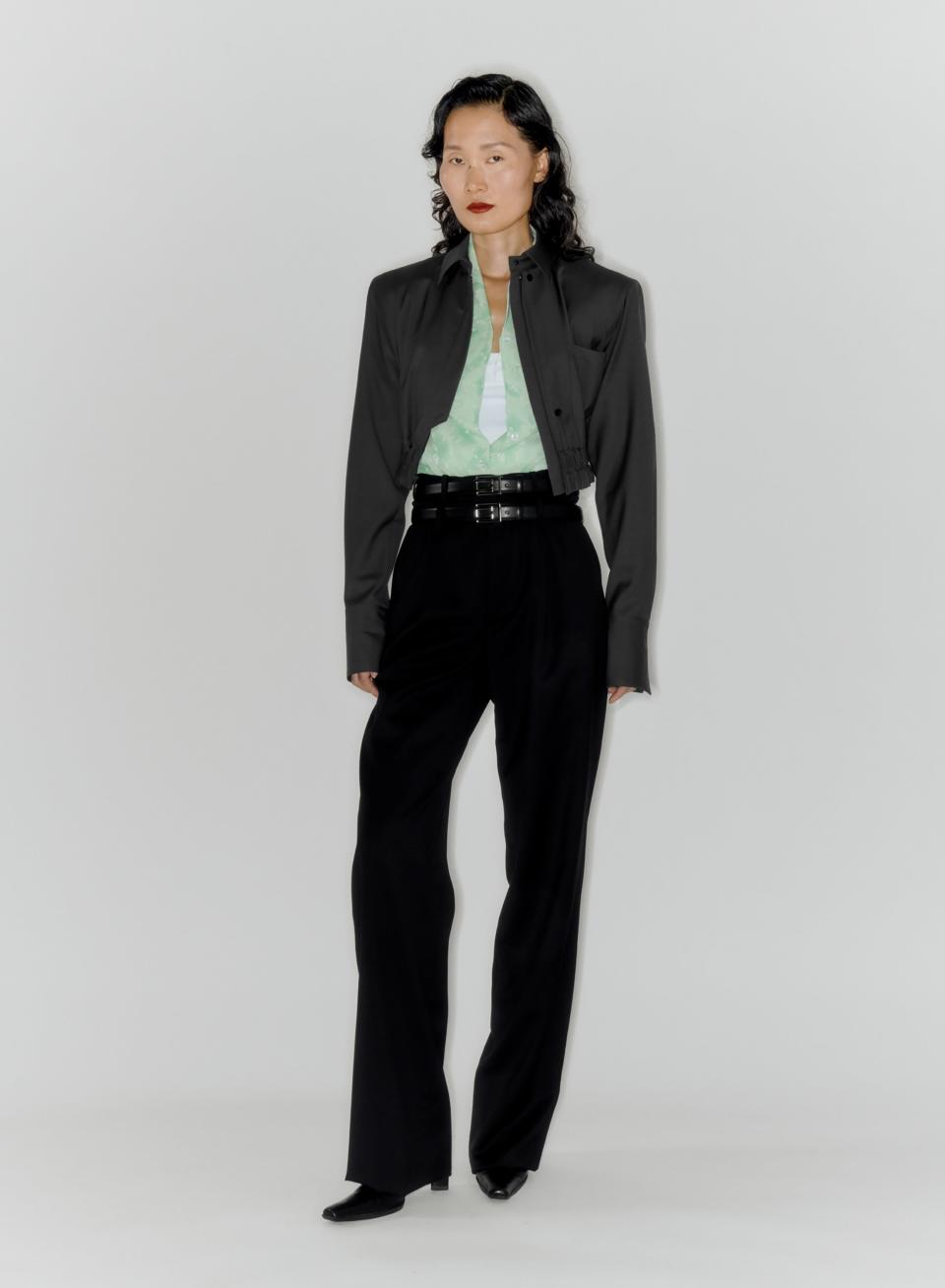
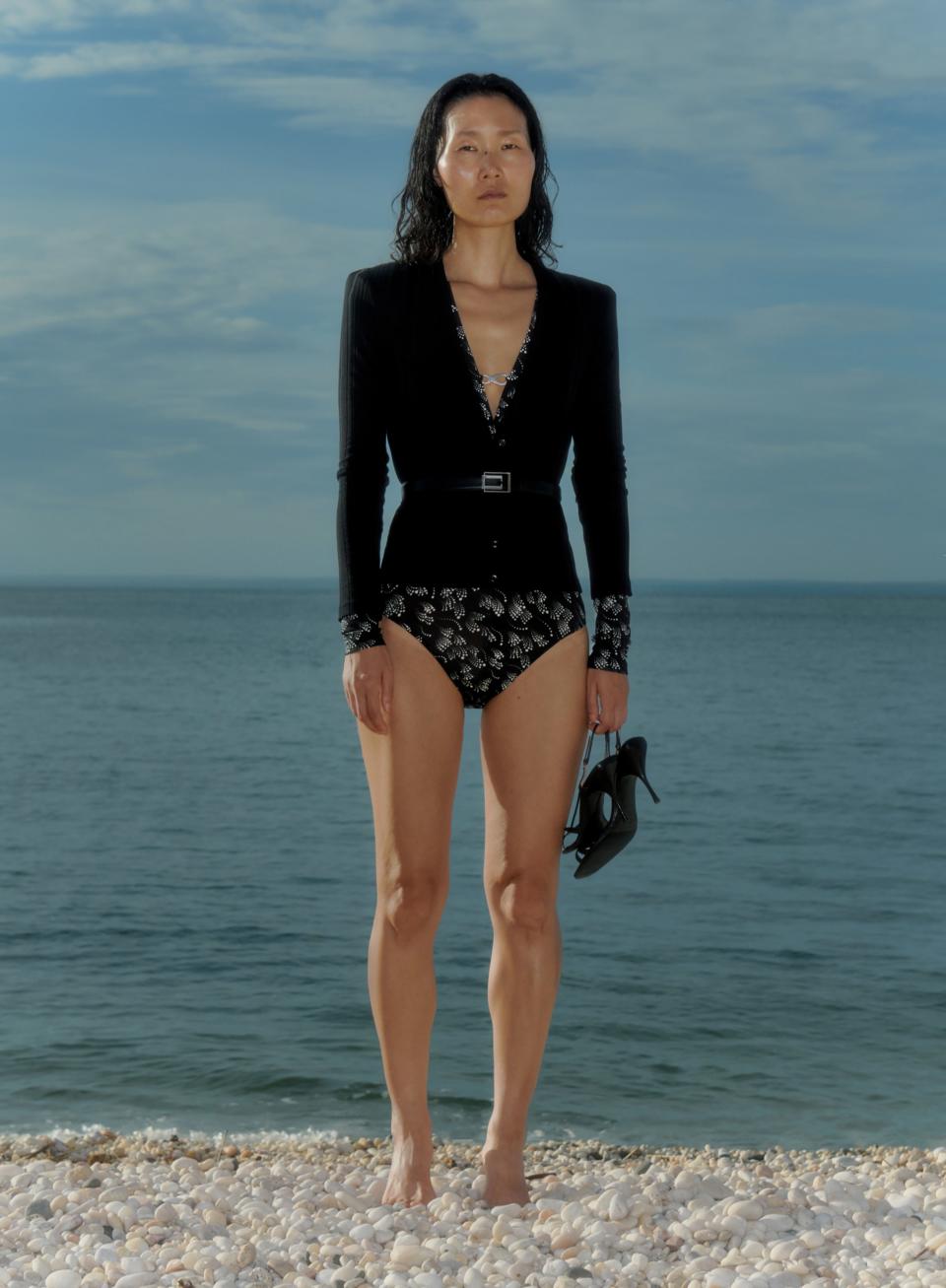
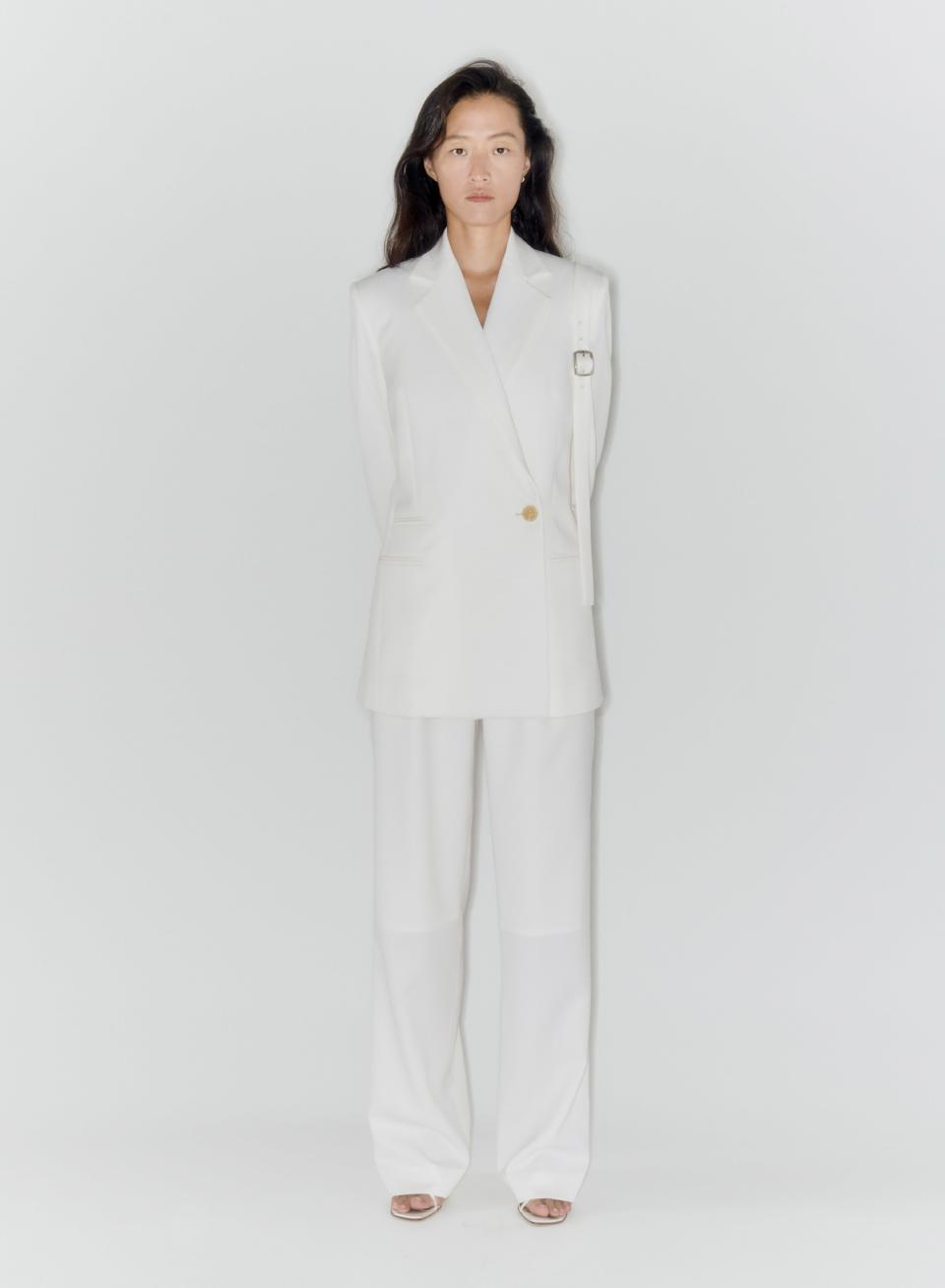
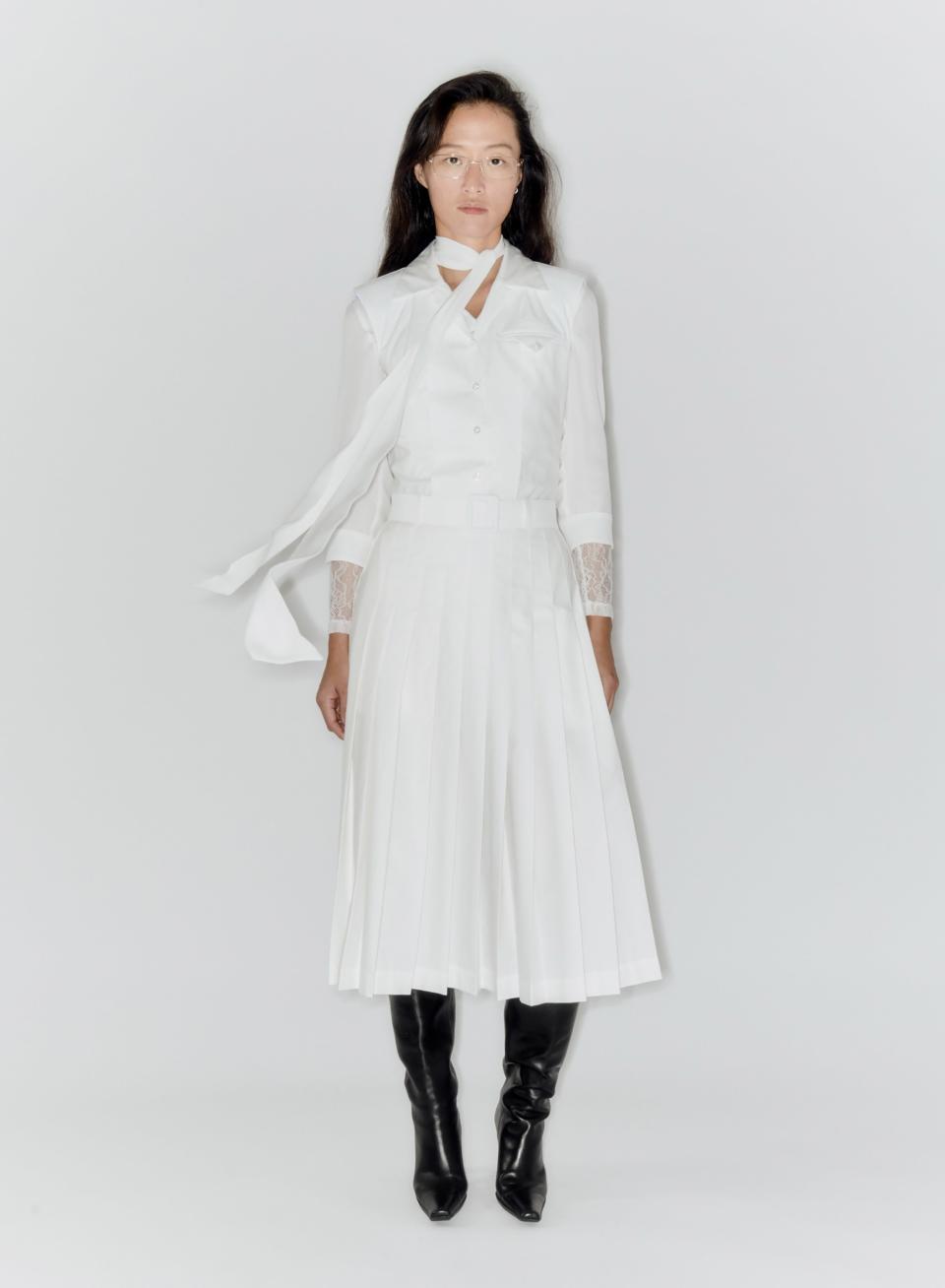
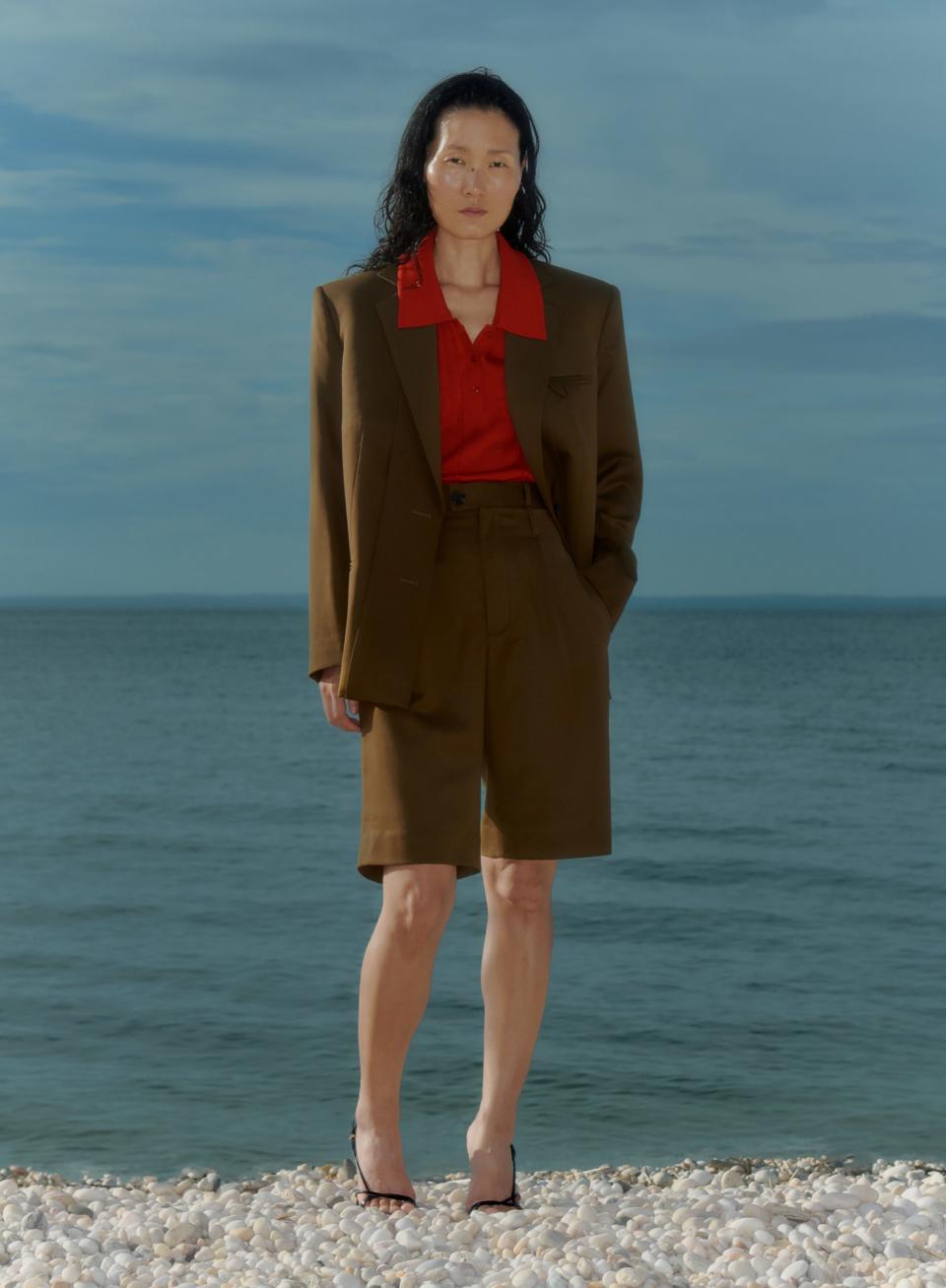
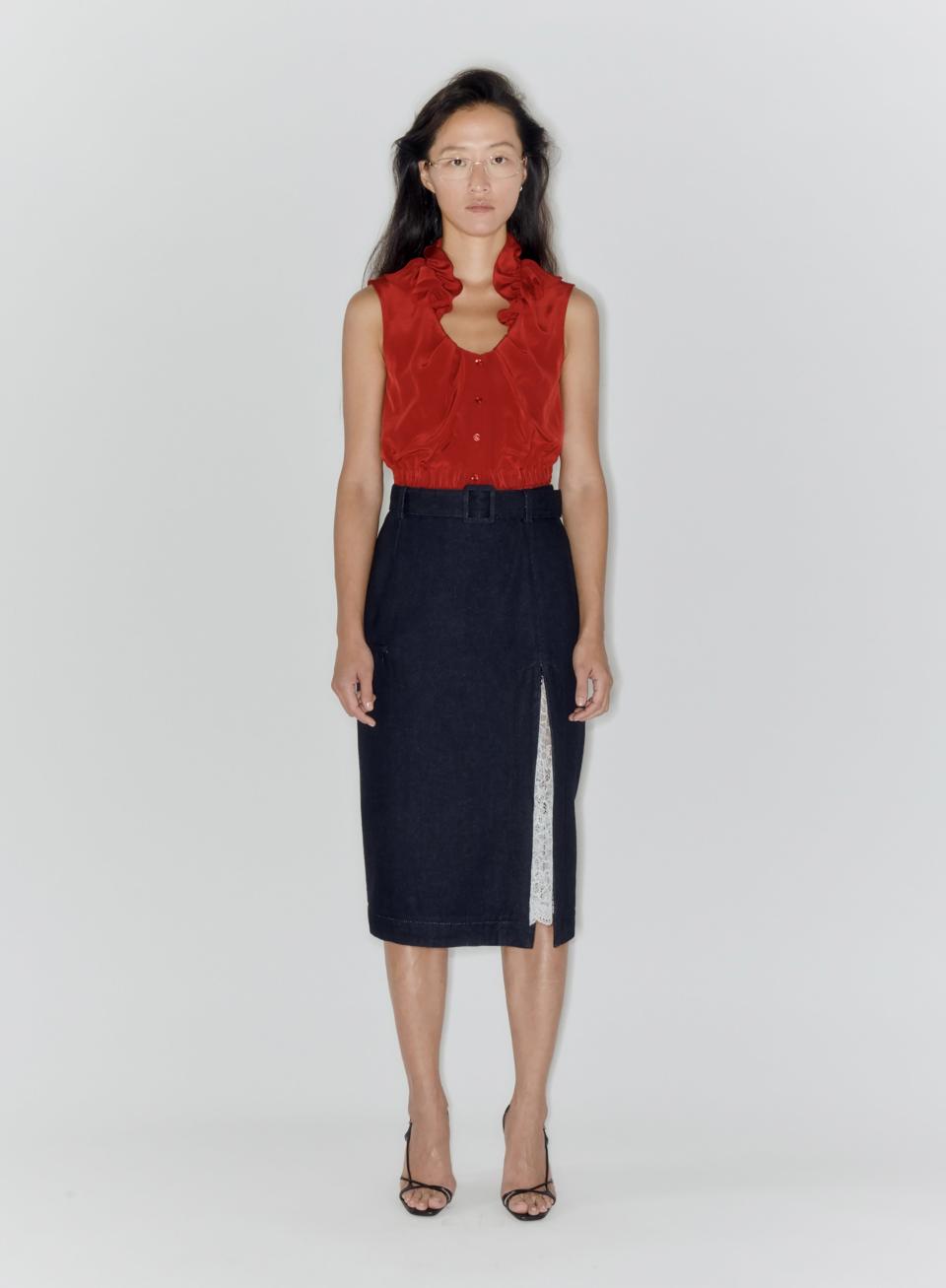
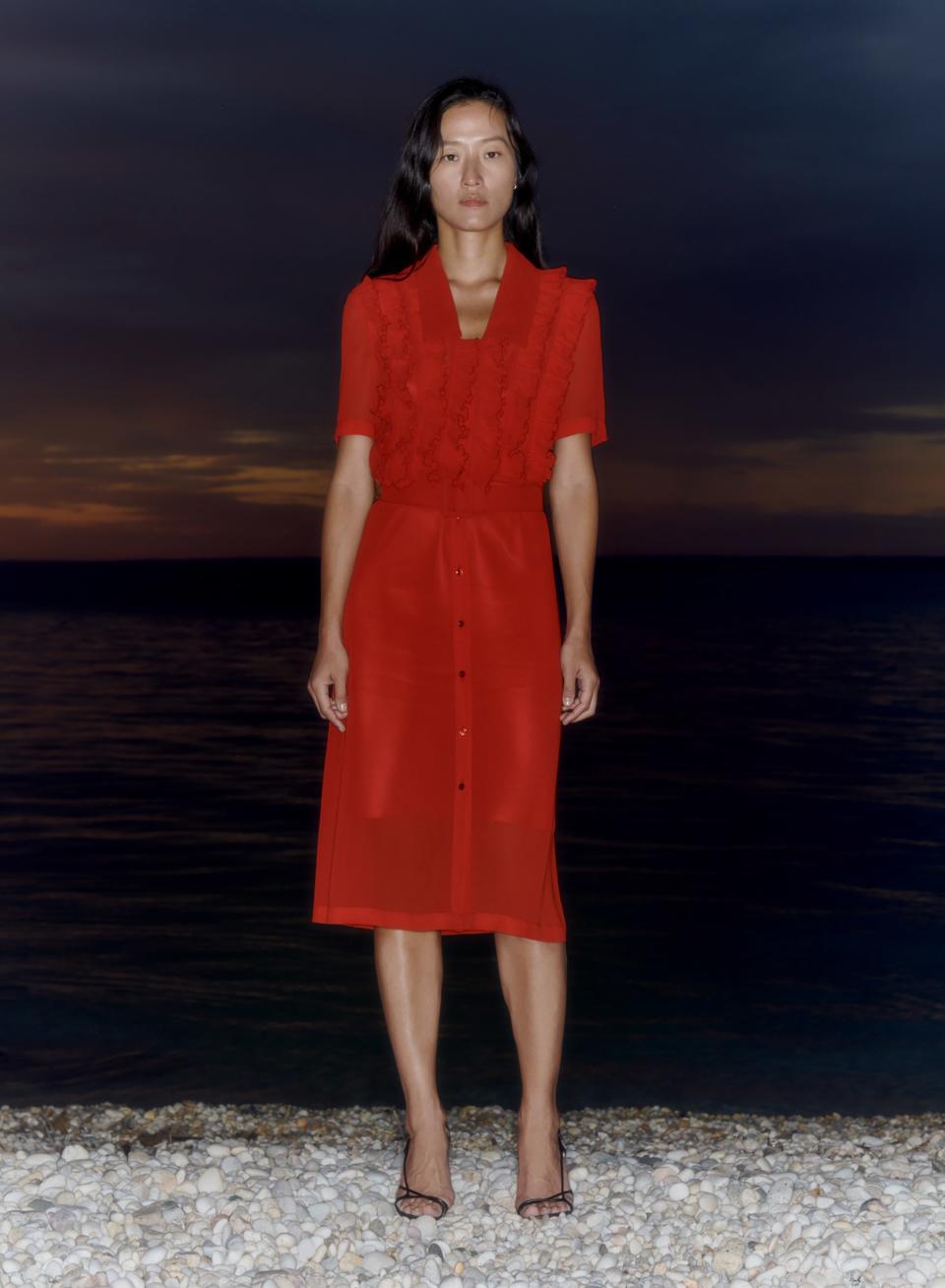
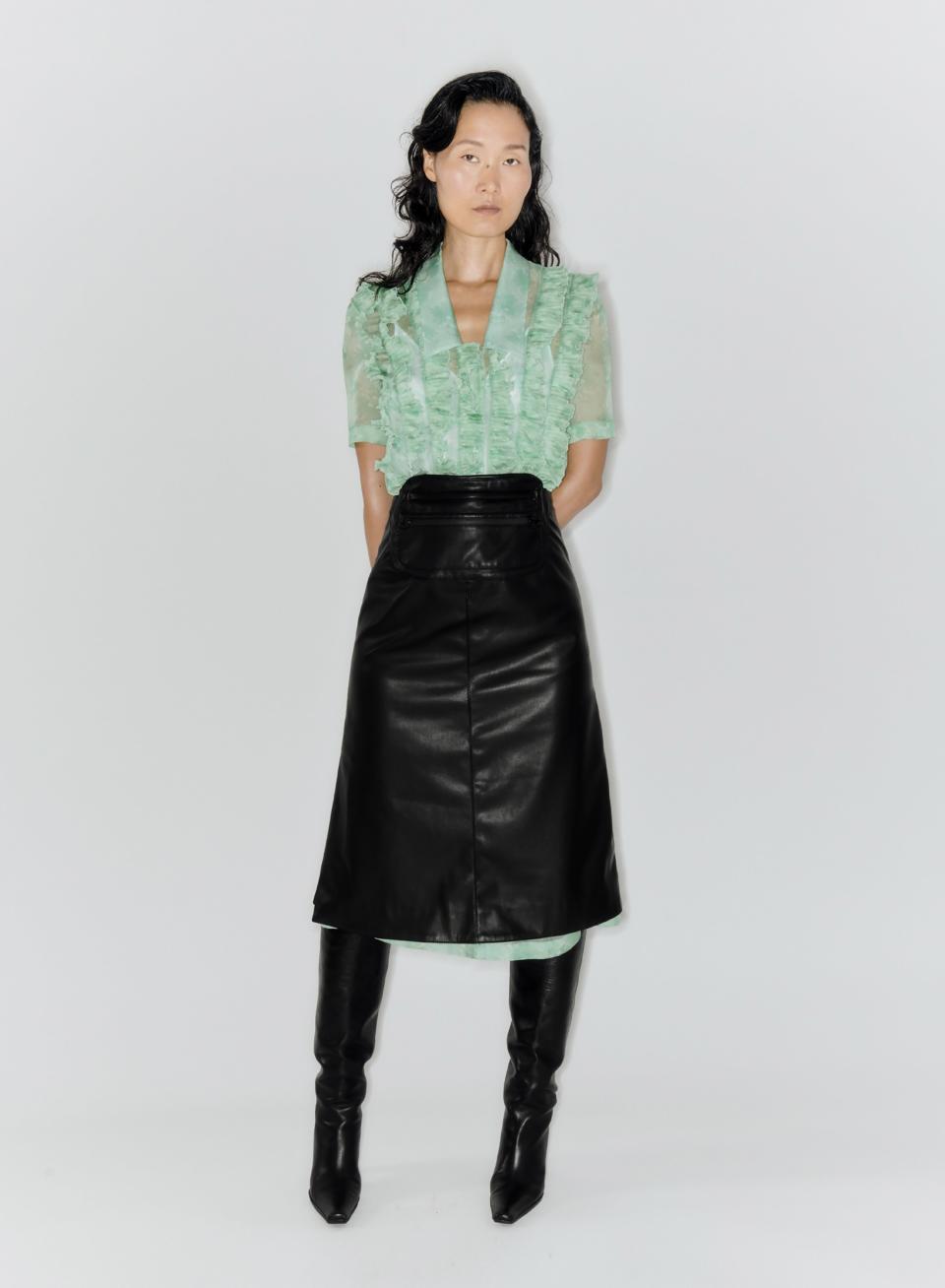
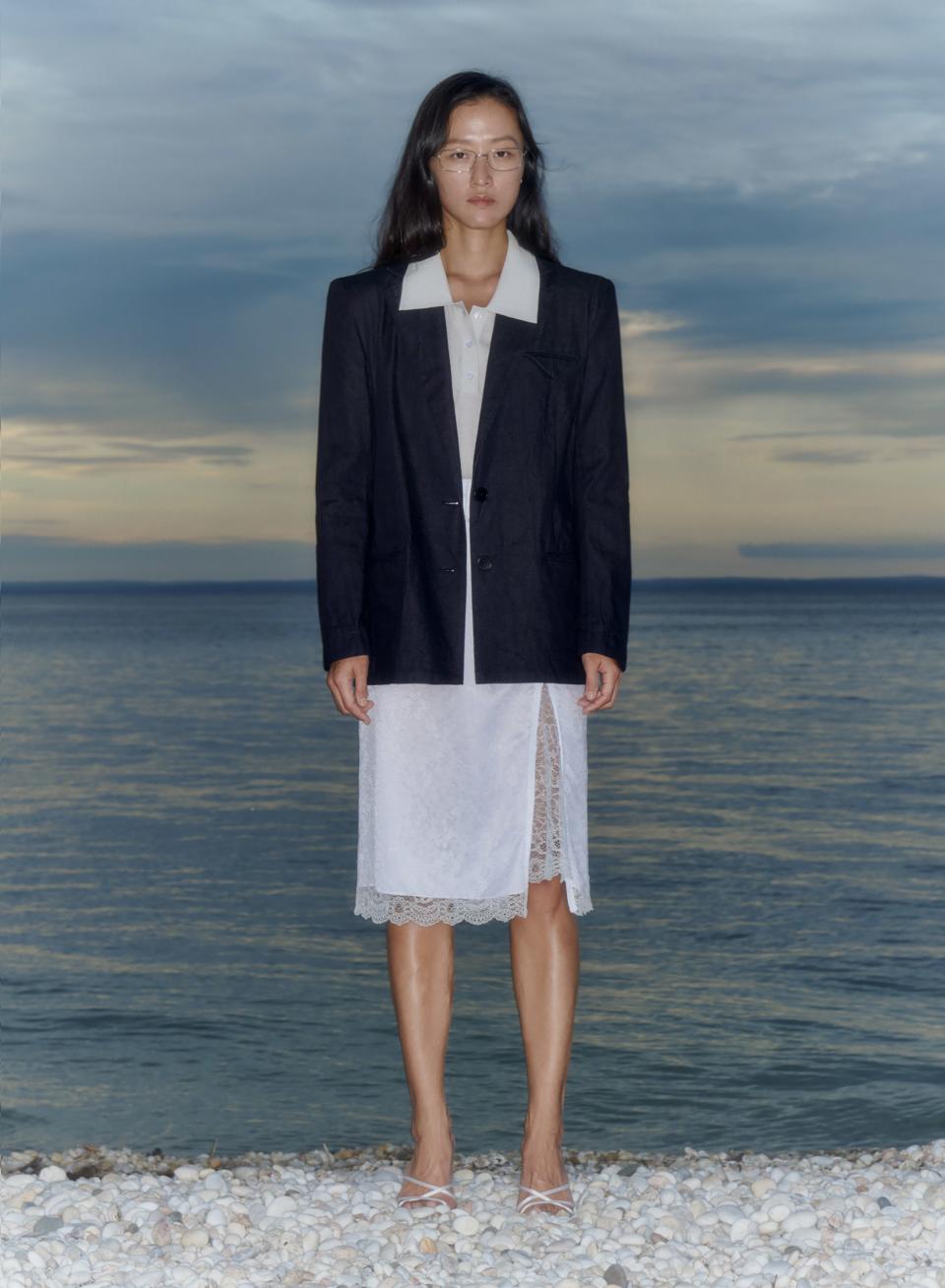
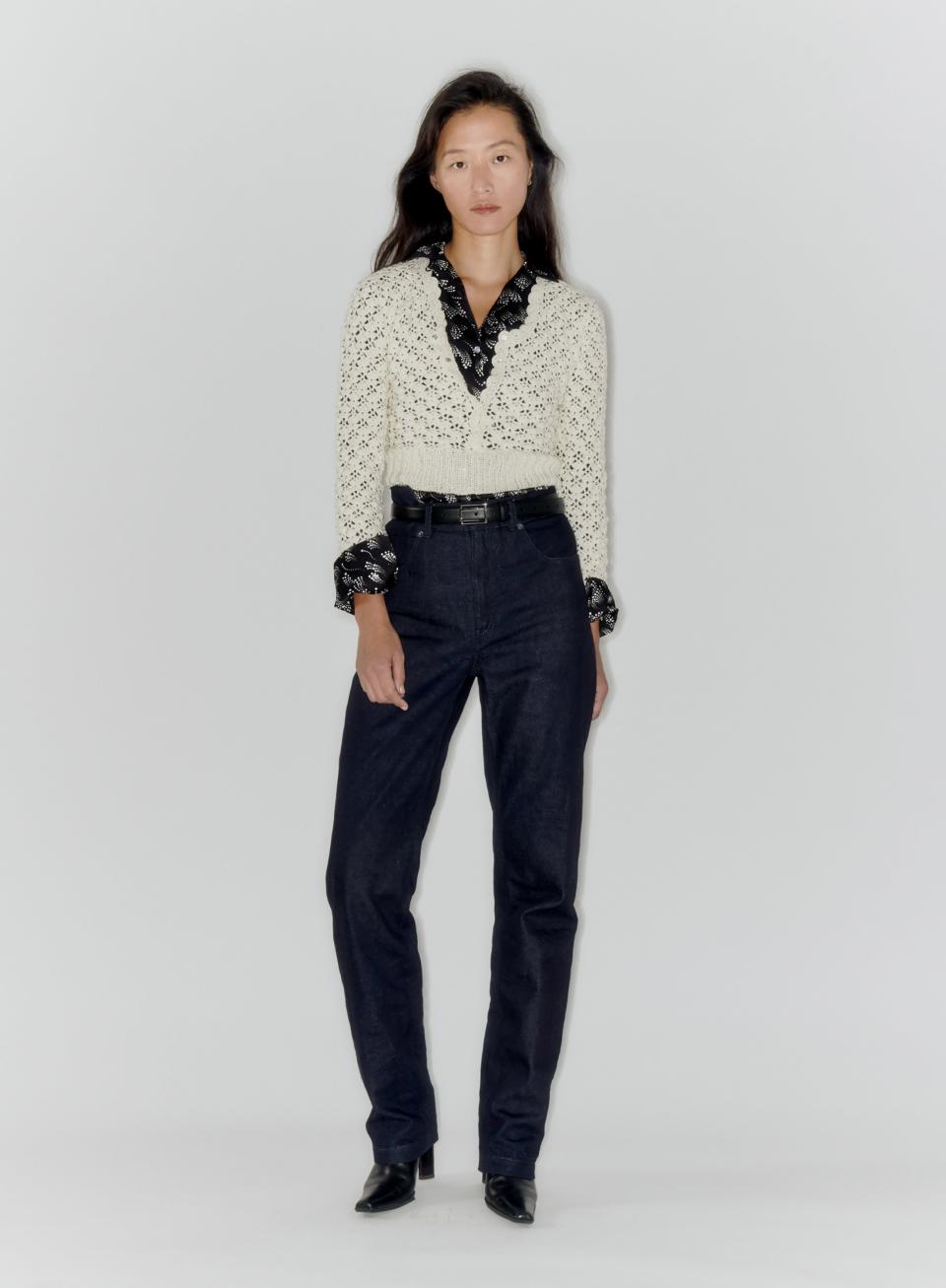
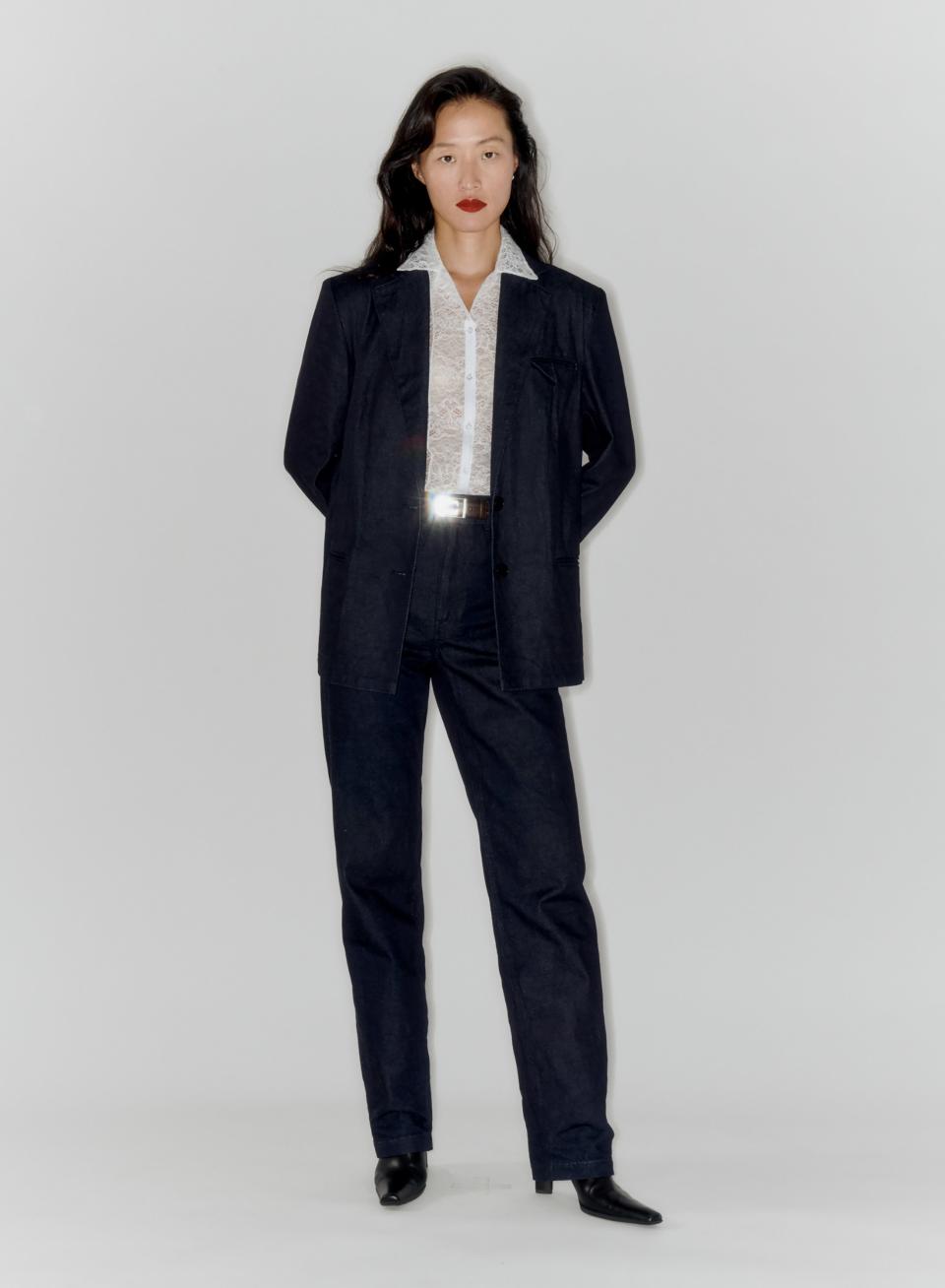
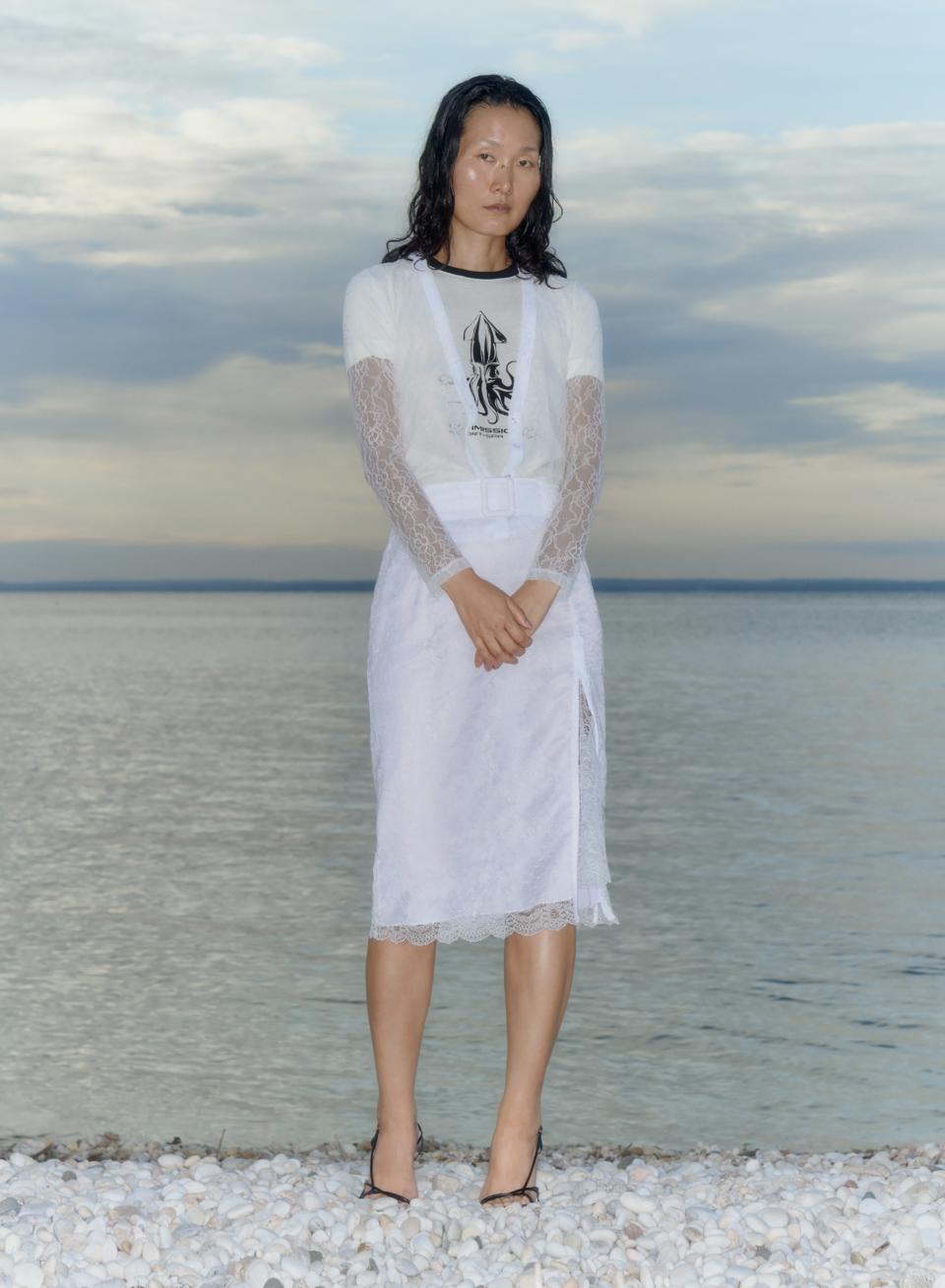
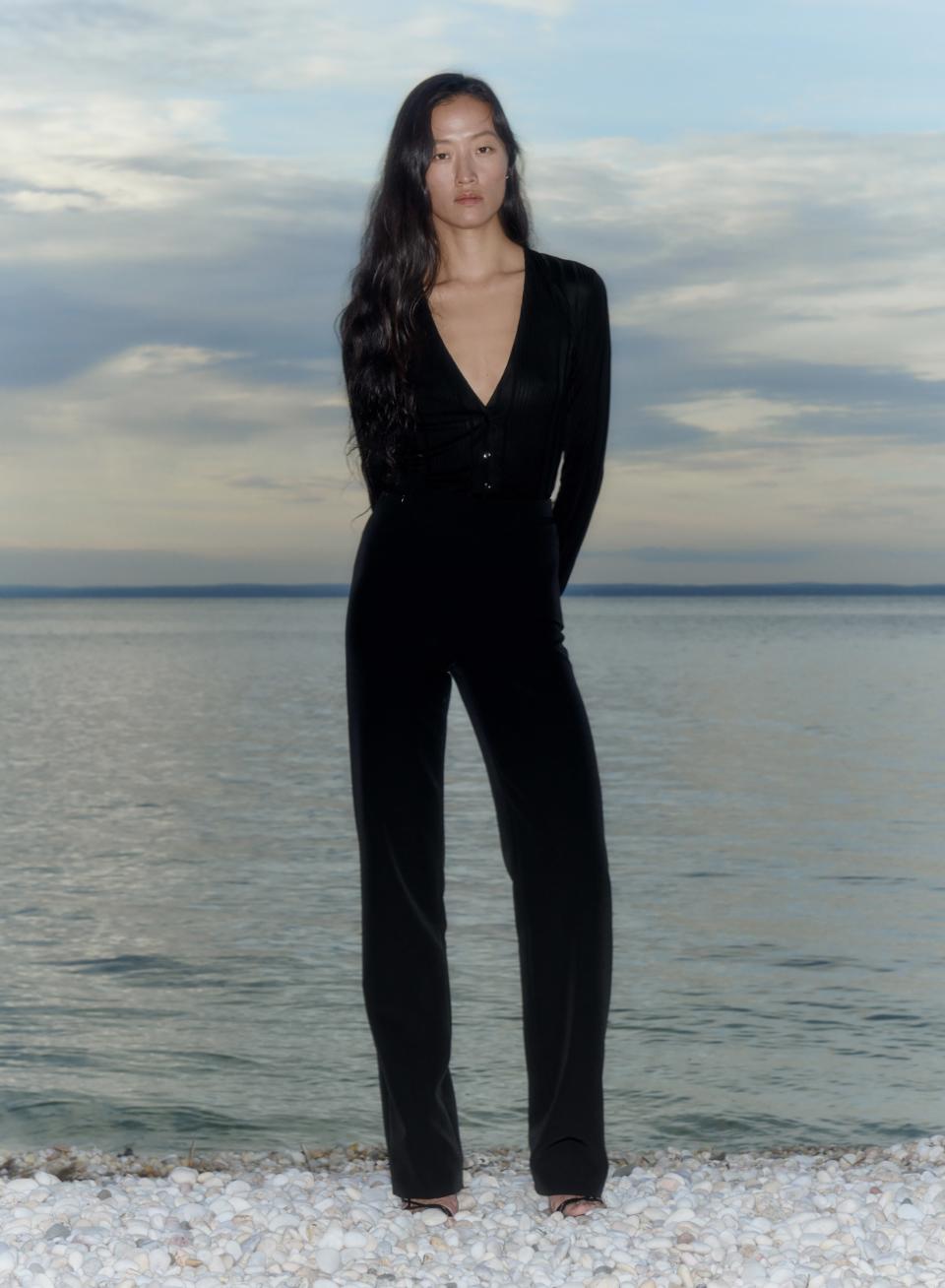
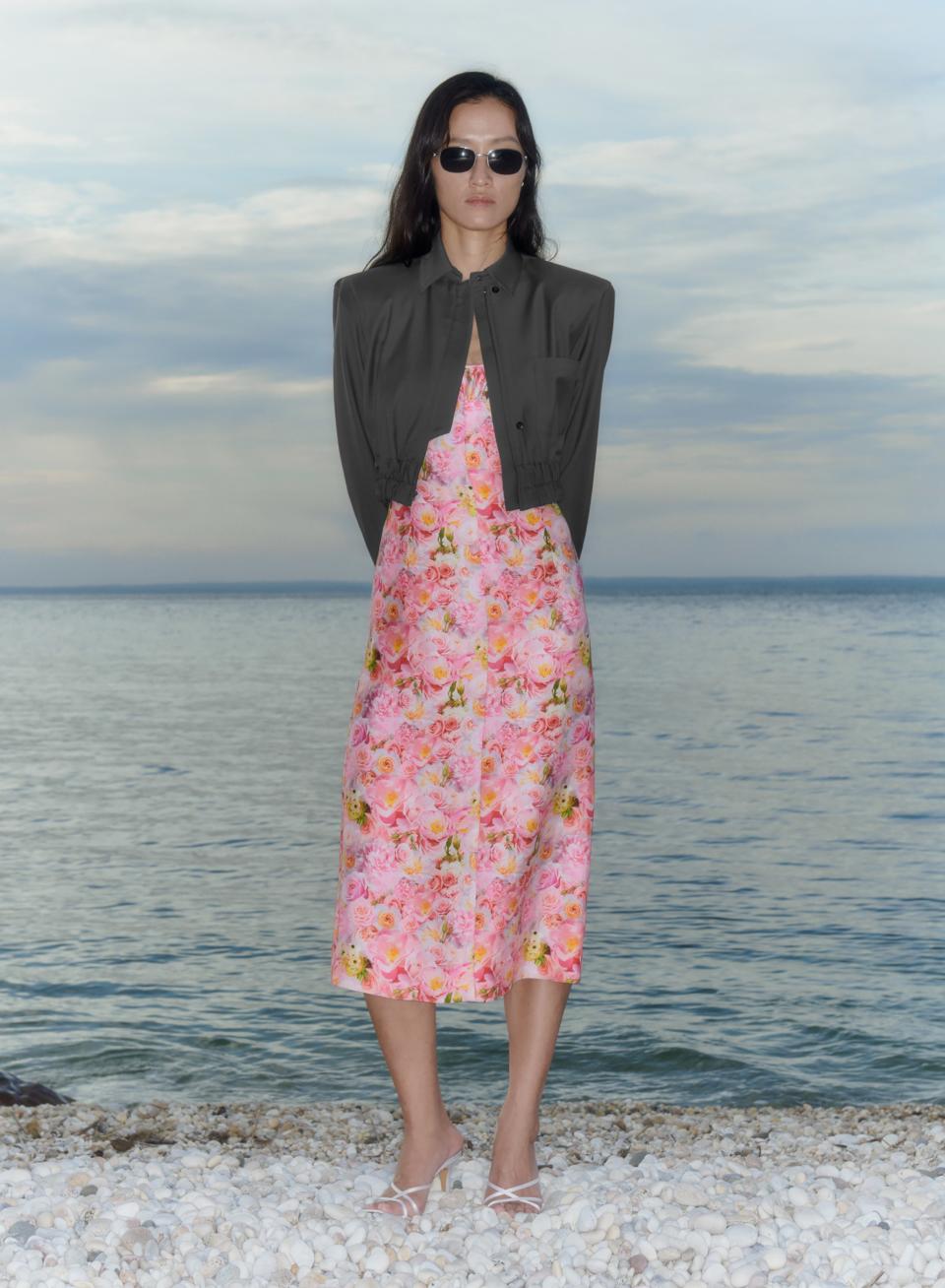
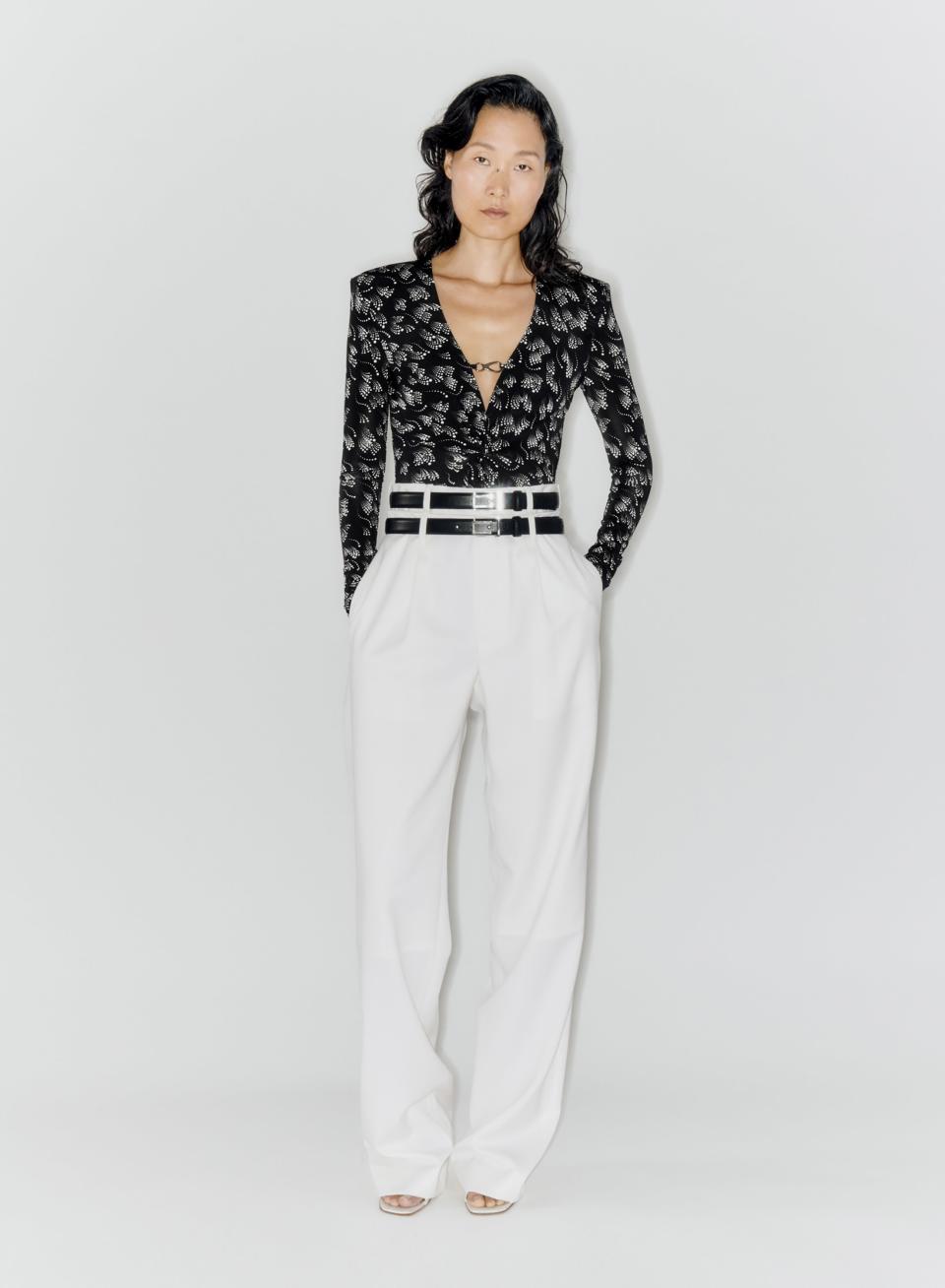
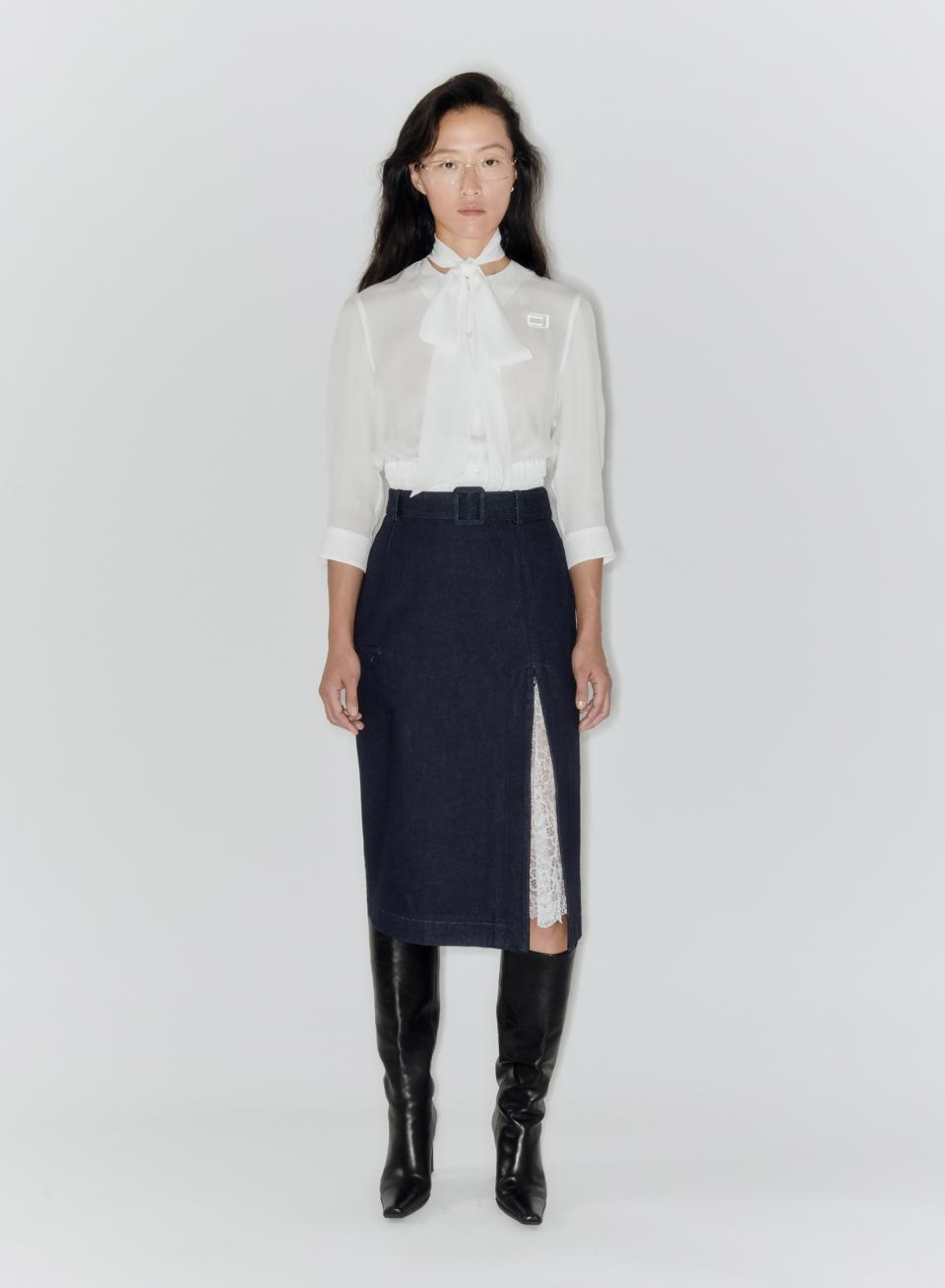
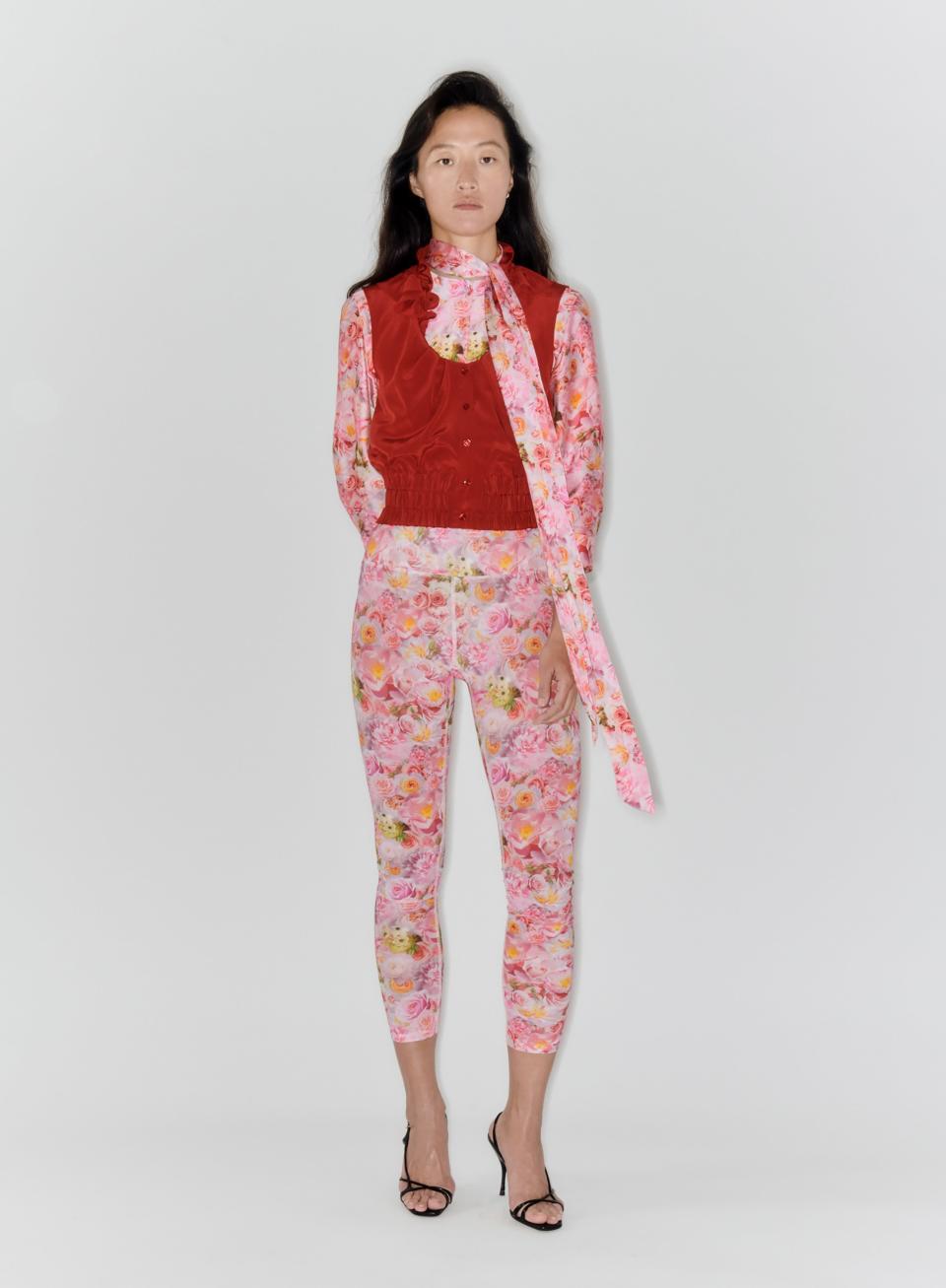
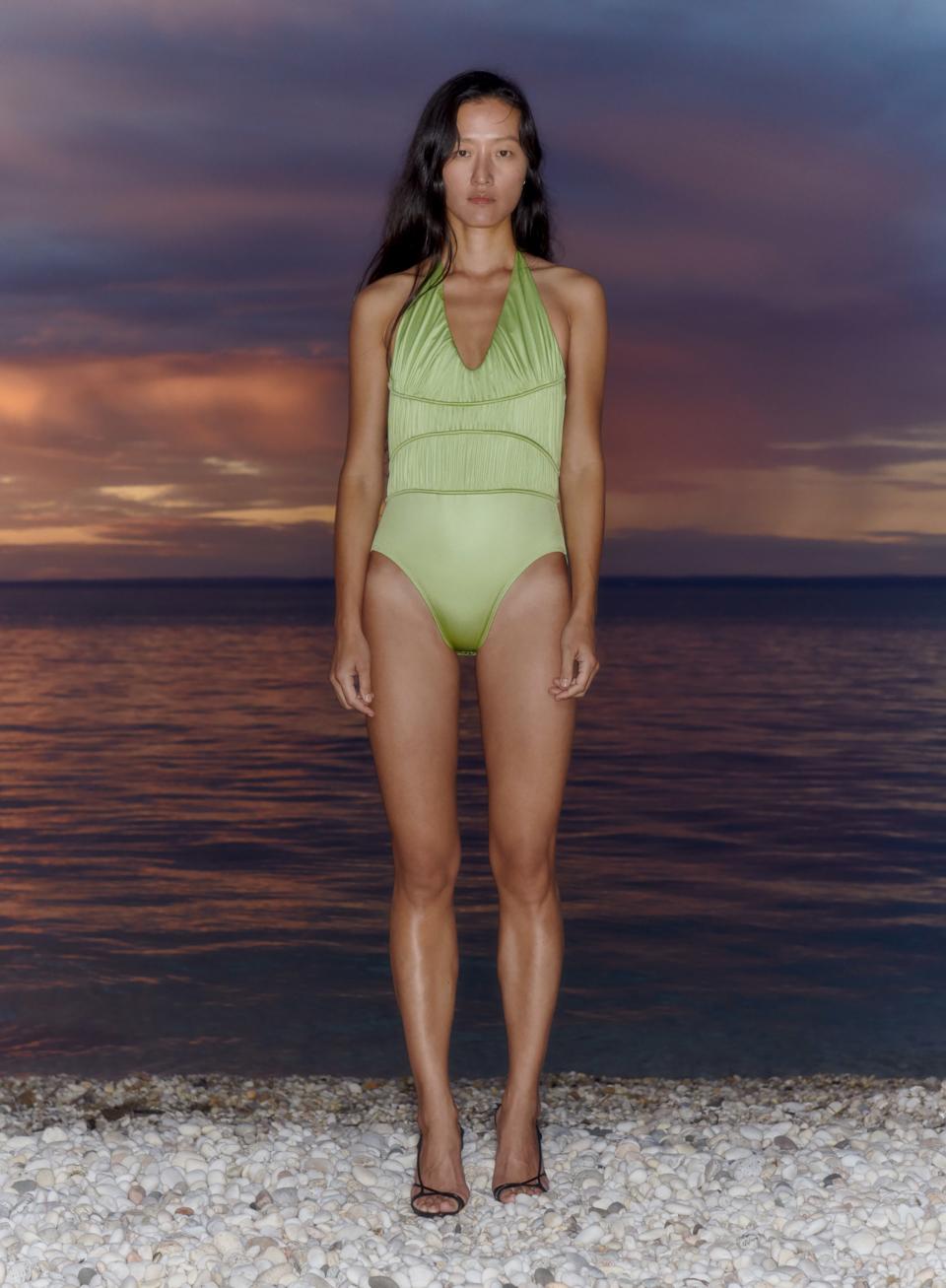
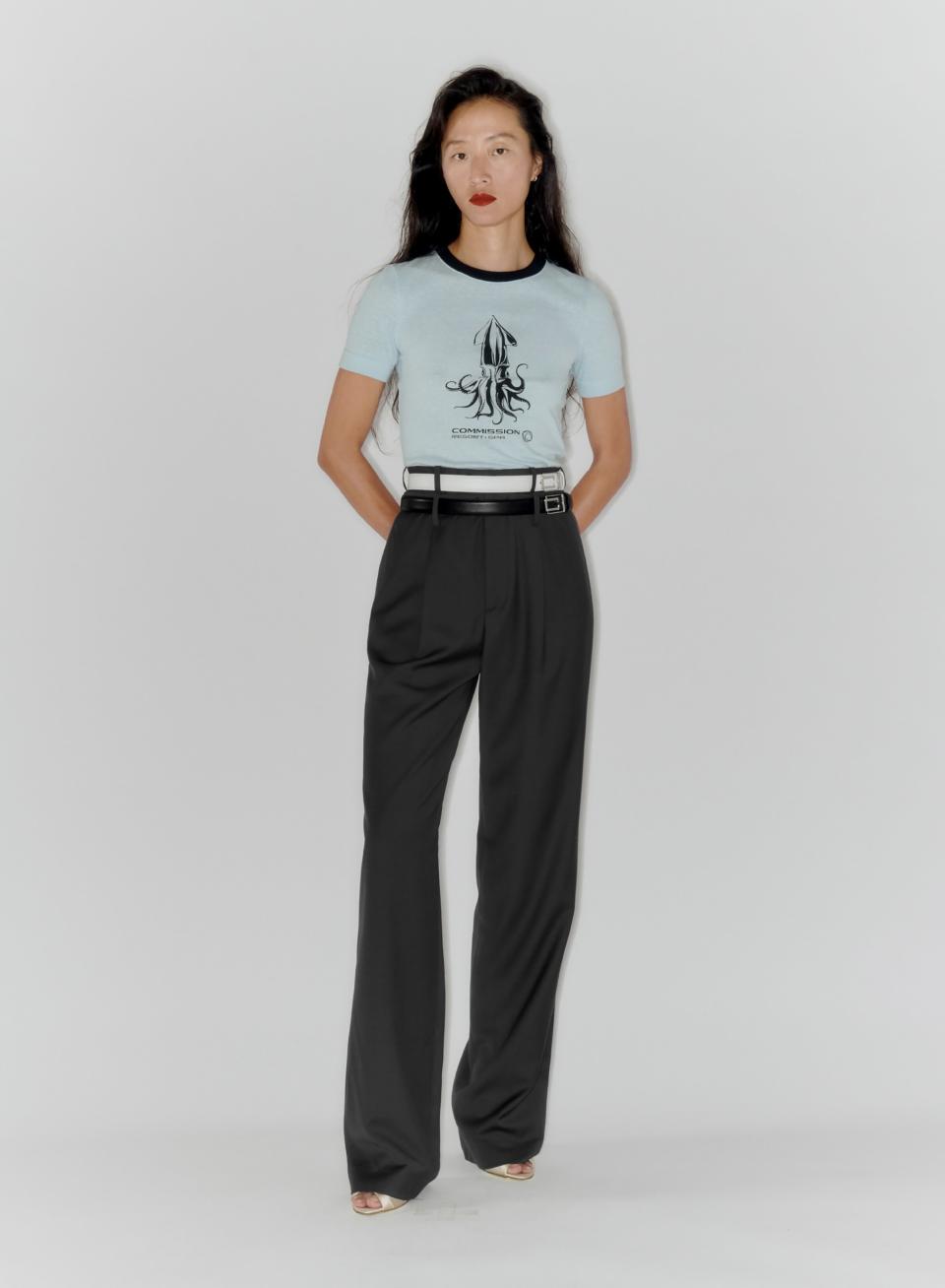
“We always talk about the irony you saw in the fabrics and the cutting of the clothes, that clear juxtaposition,” Cao says. “Everything is made to measure, but the fabric is always a little cheap. That’s an element of campiness that we love.” This ironic spirit also comes through in a slew of playful details, subtly executed. For one, the left spaghetti strap on a body-skimming slip dress is in fact padded in a way that resembles the ever-present purse strap, dangling practically from every Asian mother’s shoulder. Then there’s the “fanny pack” on a scuba suit pant, built seamlessly into the right waistband and detectable only by a slight wave over the hipbone. Both fun yet functional, it is exactly how I remember my own mother dressing.
There’s a bit of Asian Dad in there, too—the breezy red silk polo nods to the “golf dad,” as does the recycled cotton souvenir beach tee—but everything is made for the woman, and the Asian woman most of all. “We’re using fashion as a platform, not only to sell clothes, but also to build a community,” Luong says. He points to their ongoing photographic series, “Commission Femmes,” which aims to capture the inspirational Asian women in their circle. “The spotlight is not always on them,” Cao goes on. “They’re always the girl on the side that you filled in for the sake of diversity. Now it’s important for Asian women to be in the center. I think that’s a meaningful thing to do.”
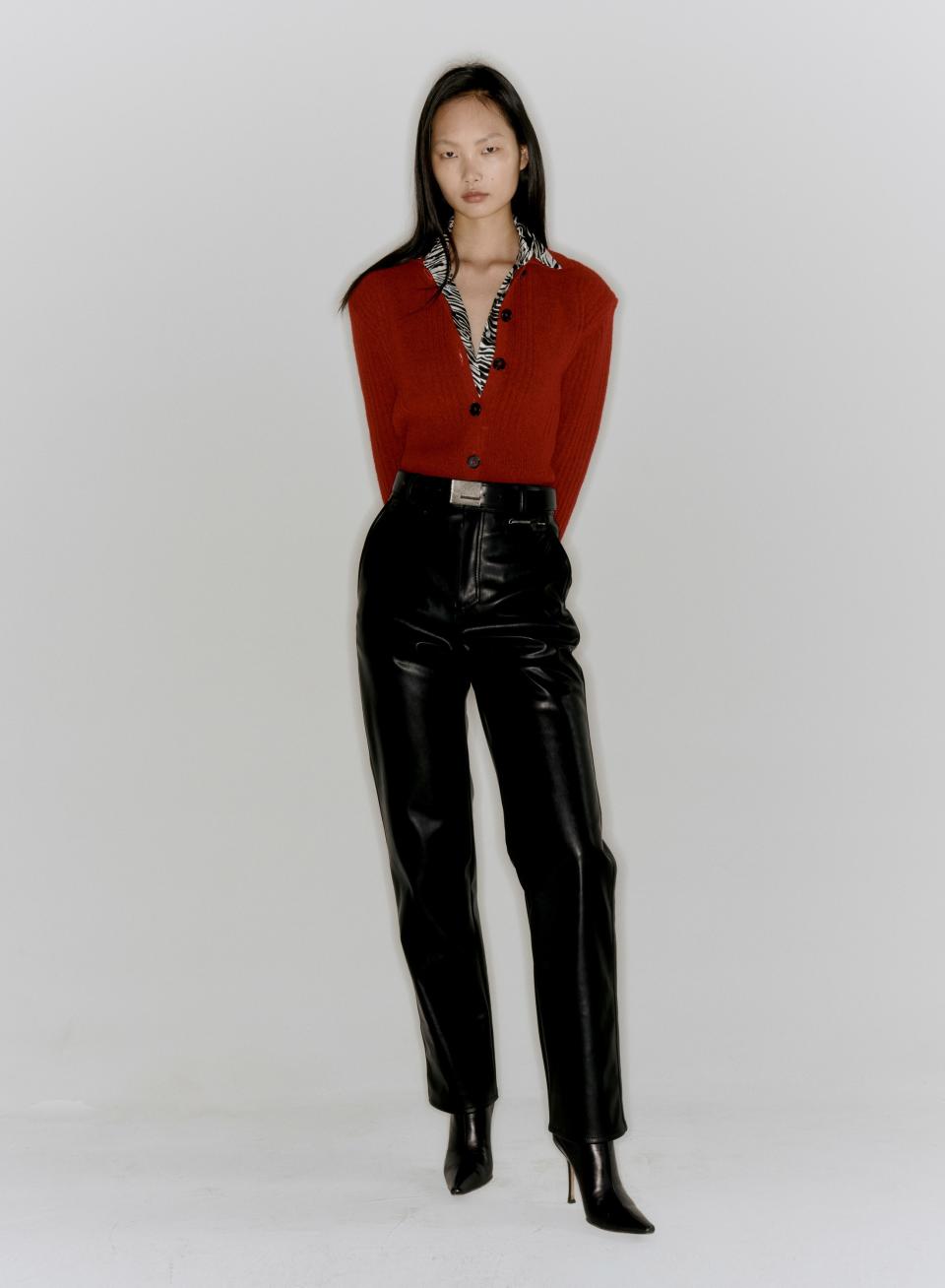
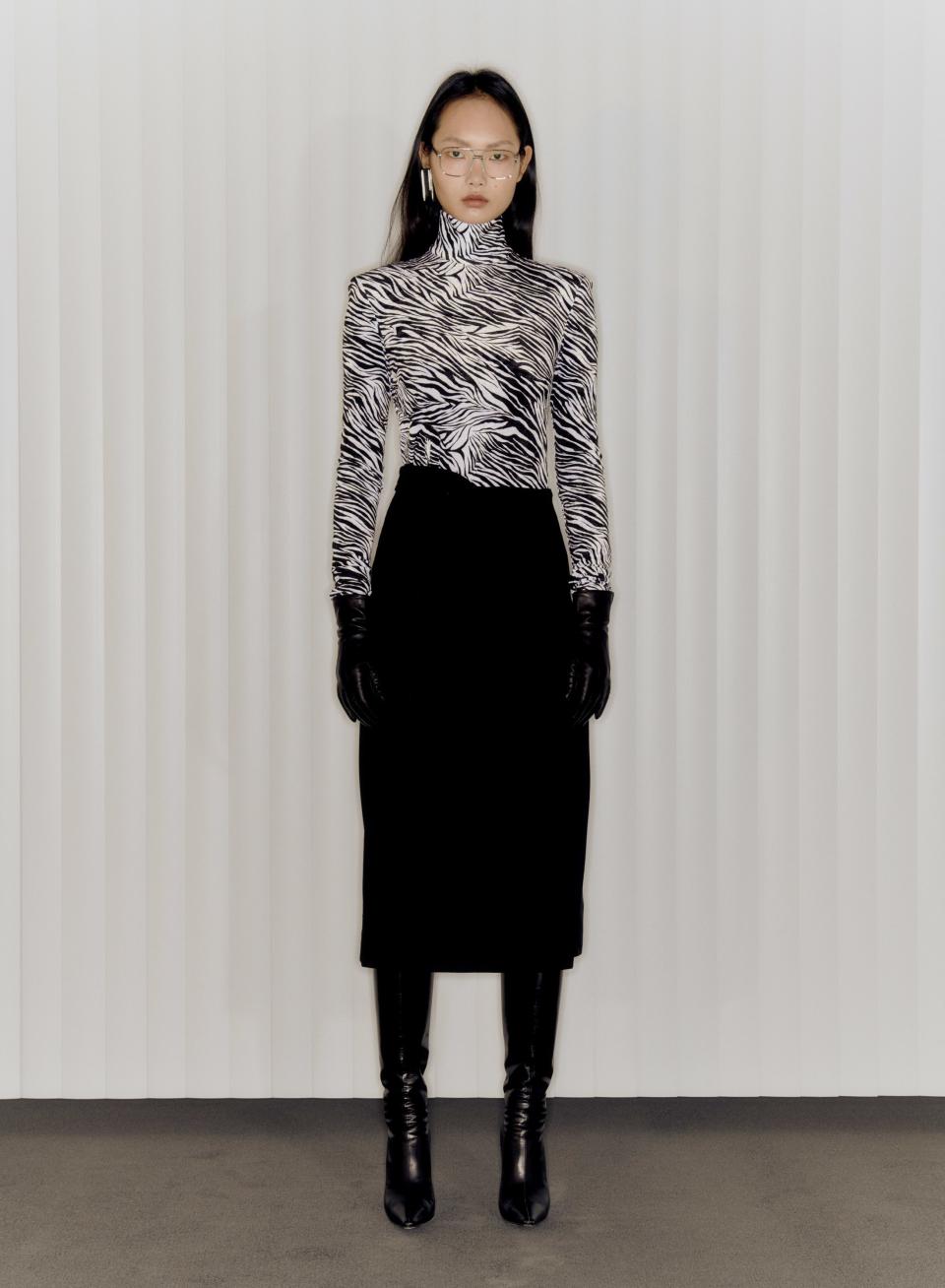
Originally Appeared on Vogue

